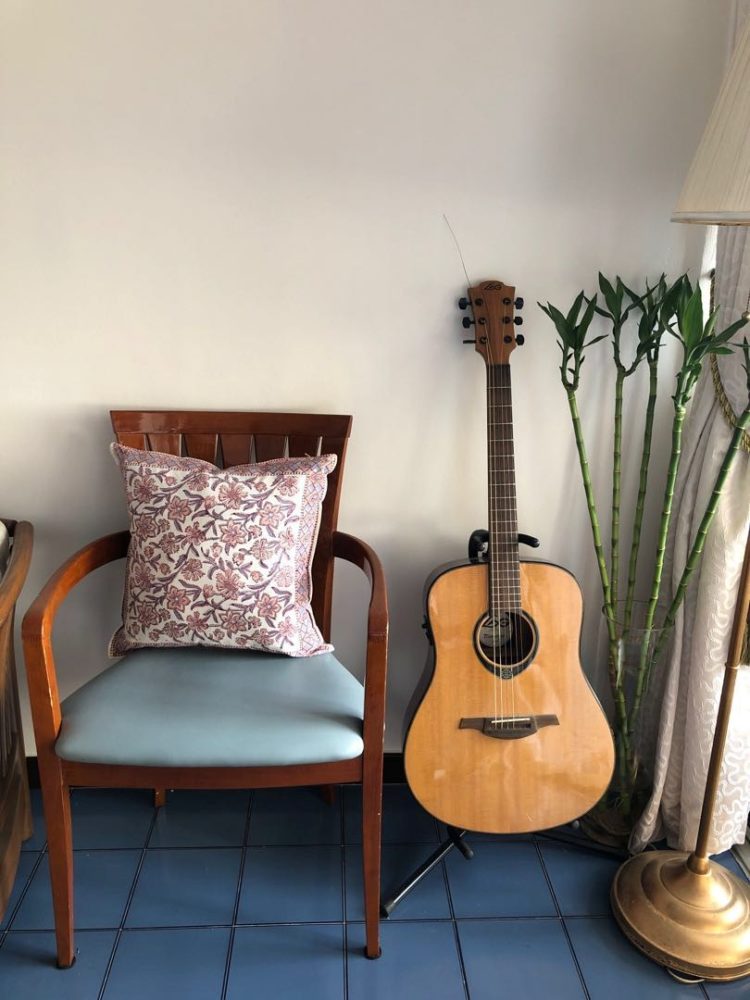Cherry Wood Furniture:
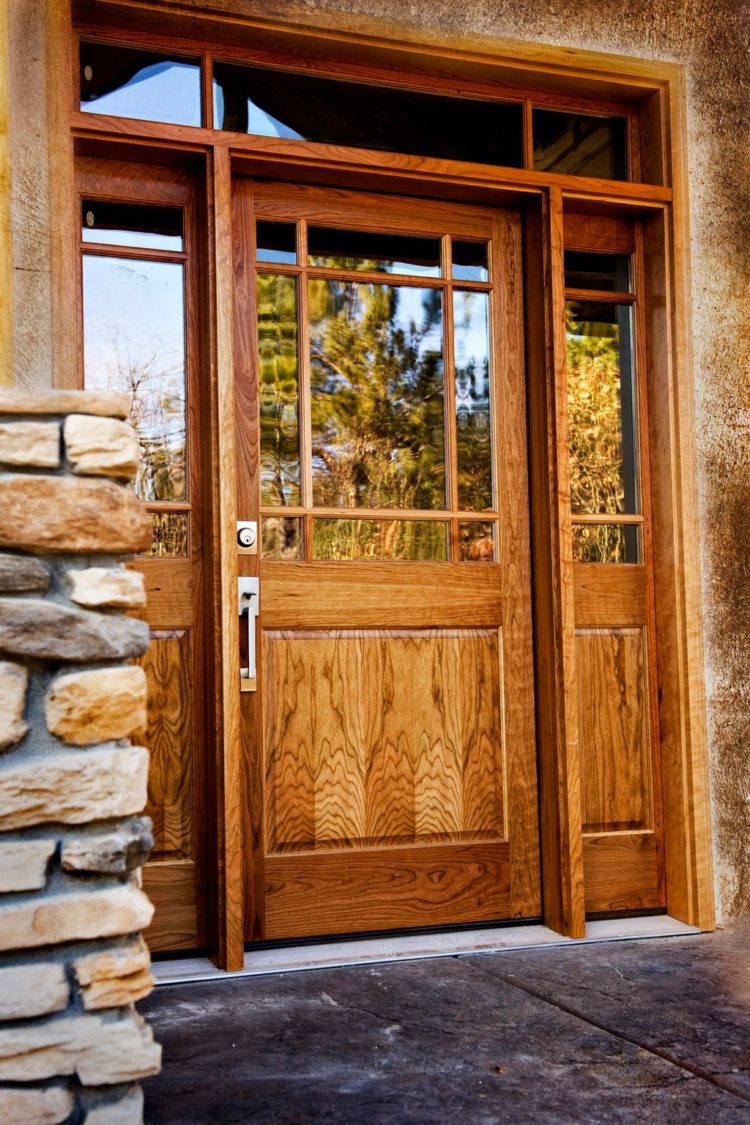
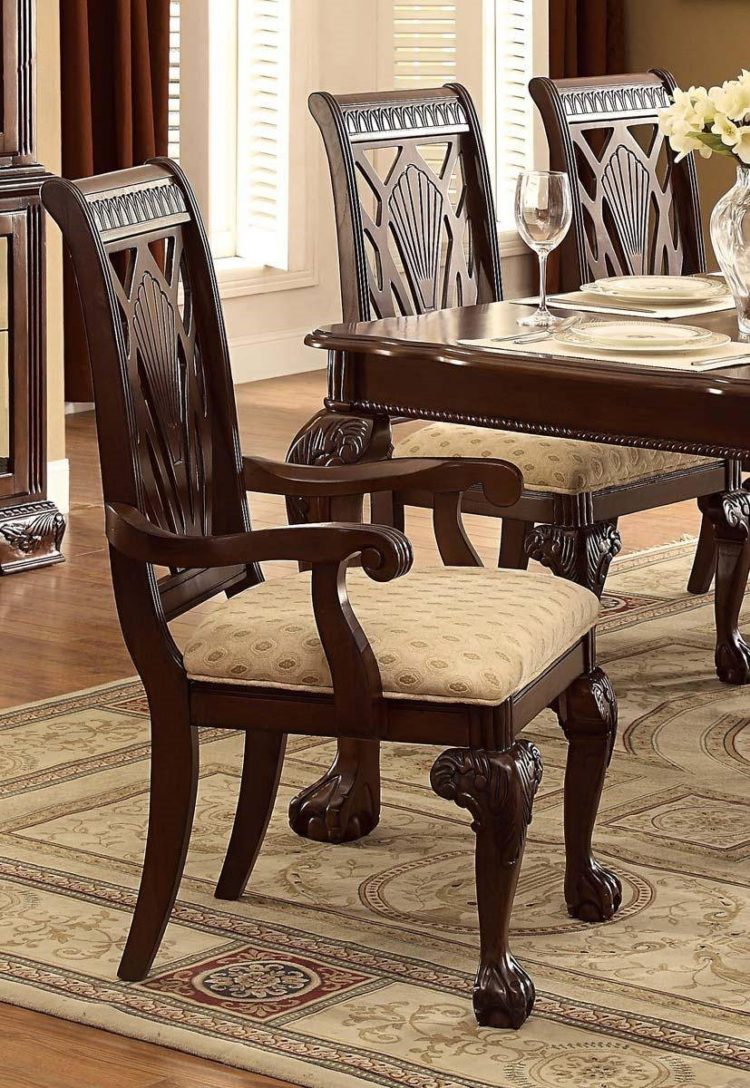
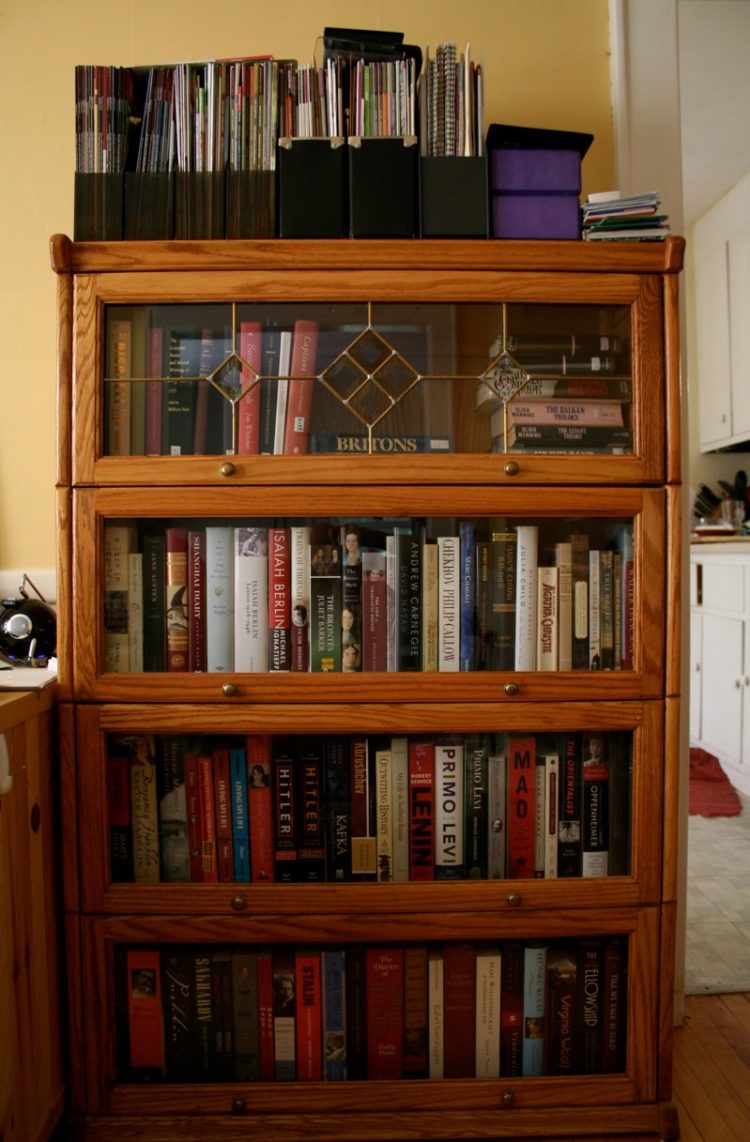
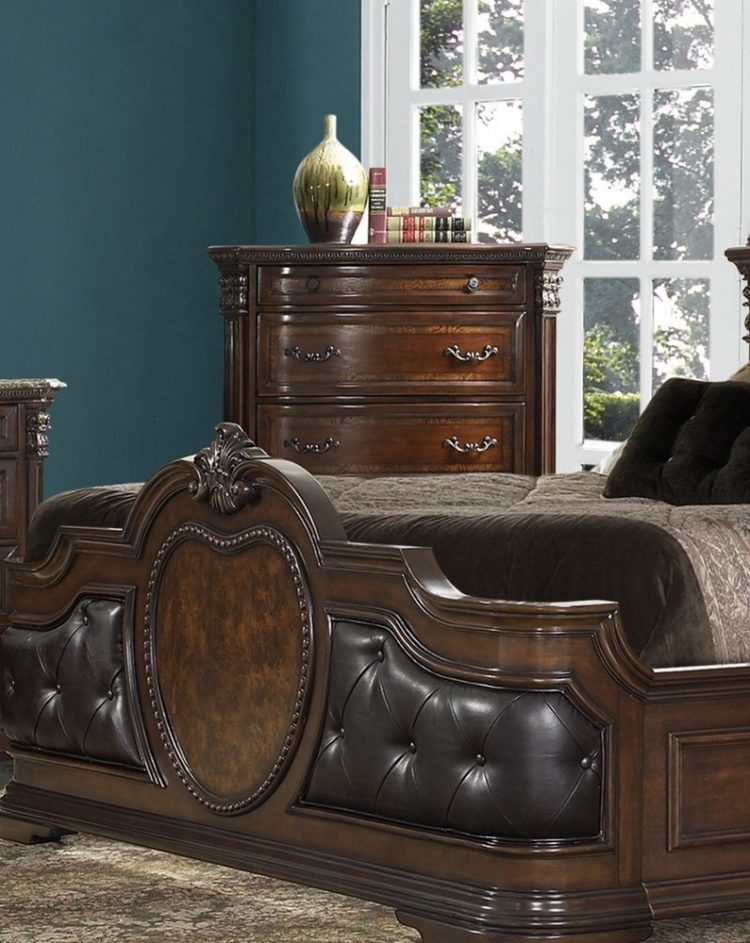
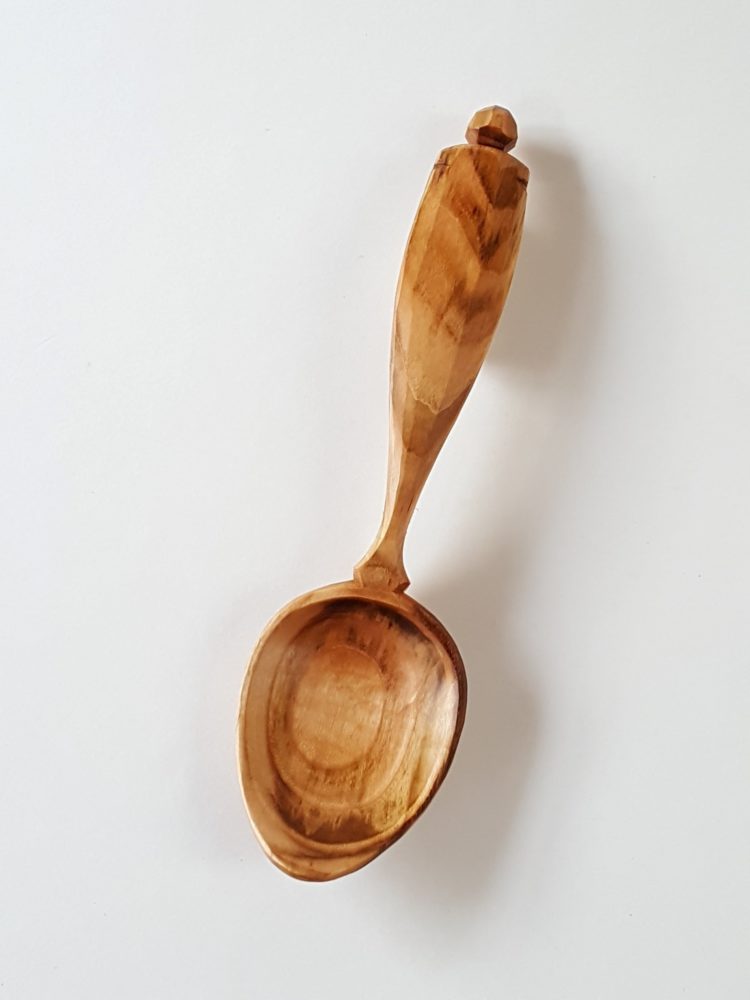
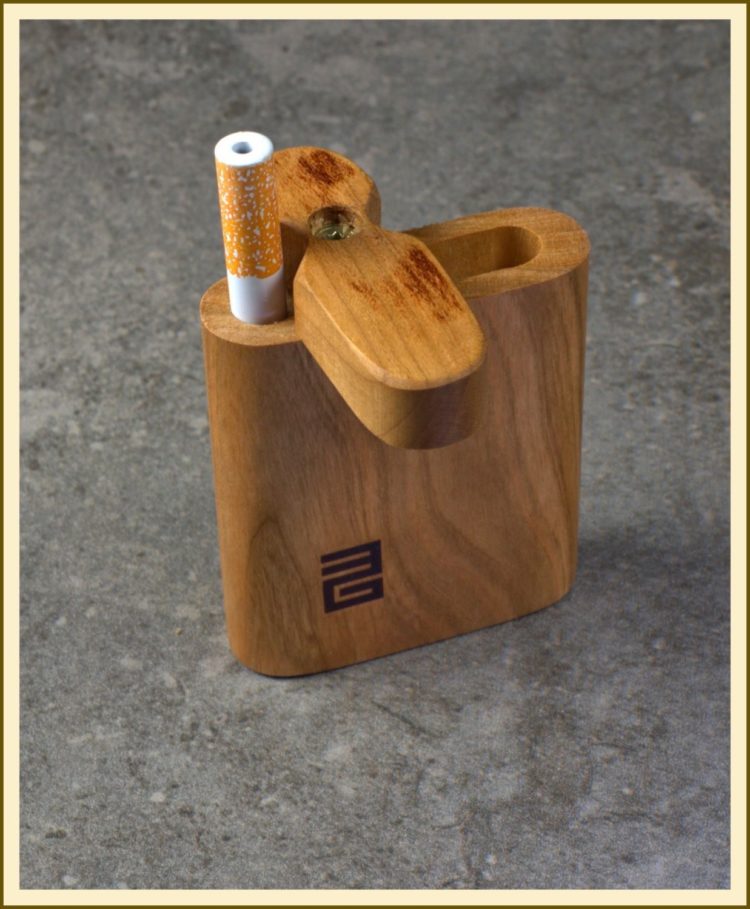
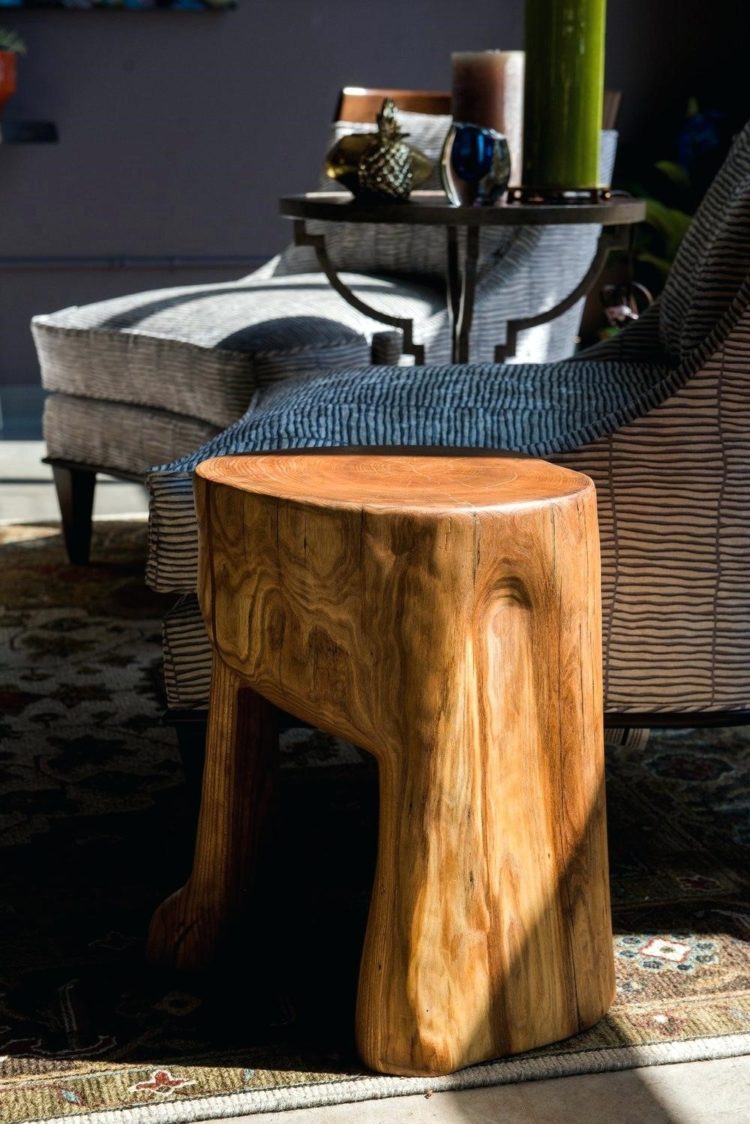
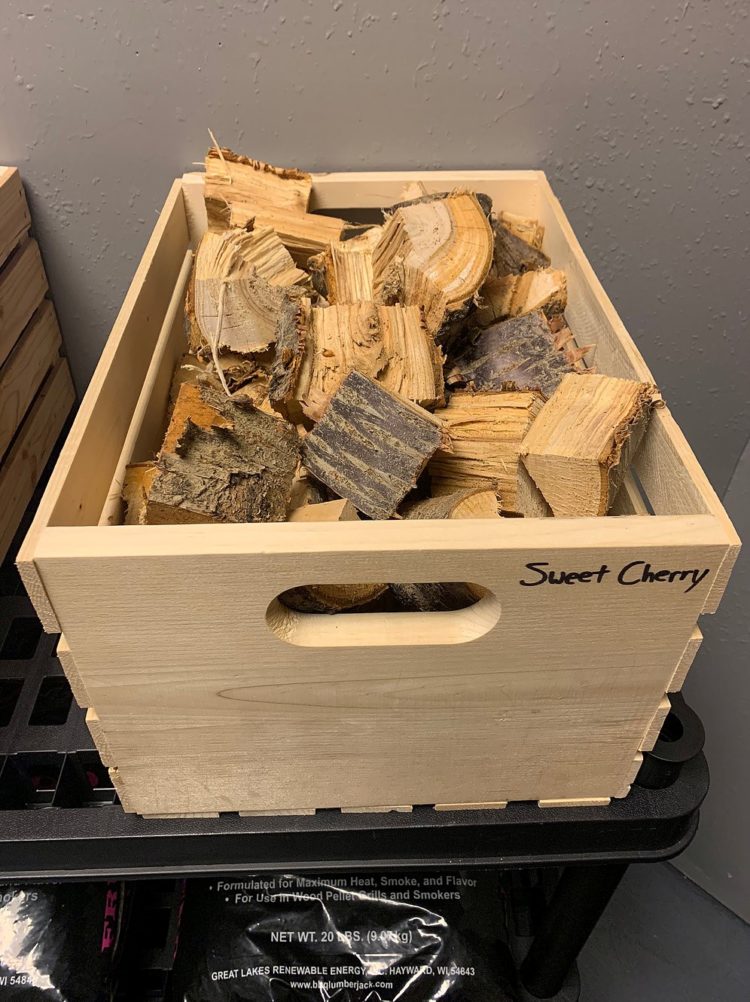

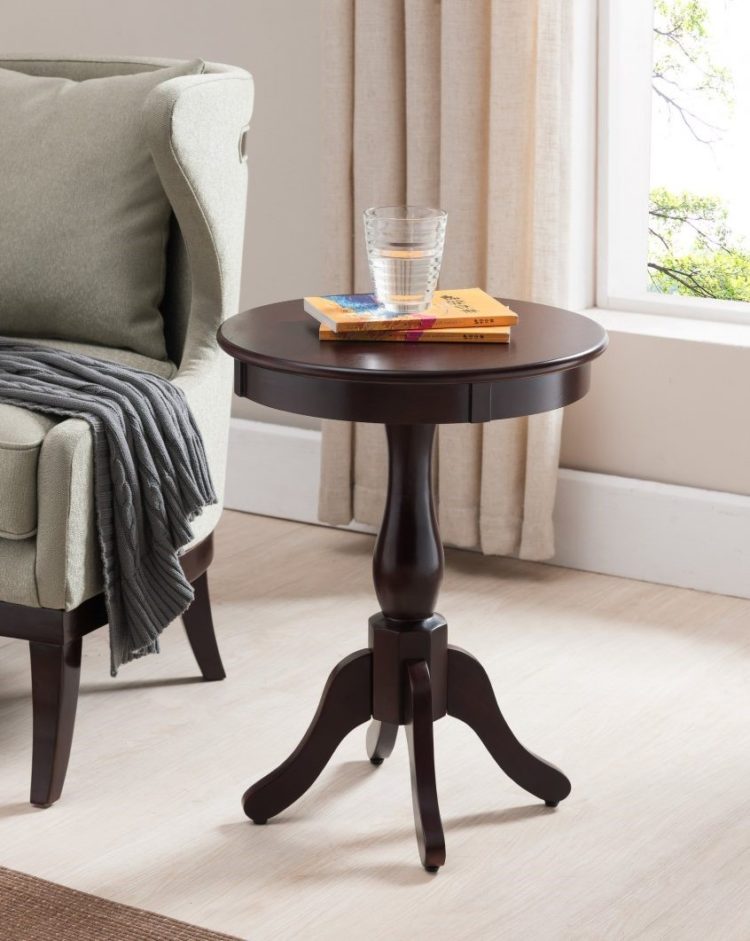
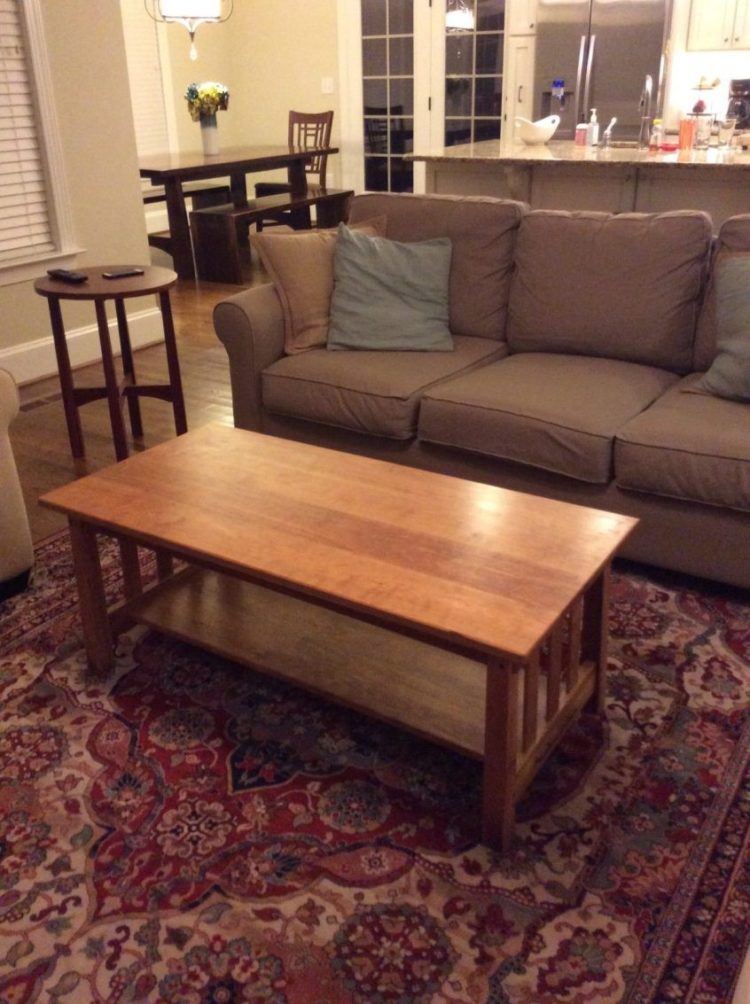
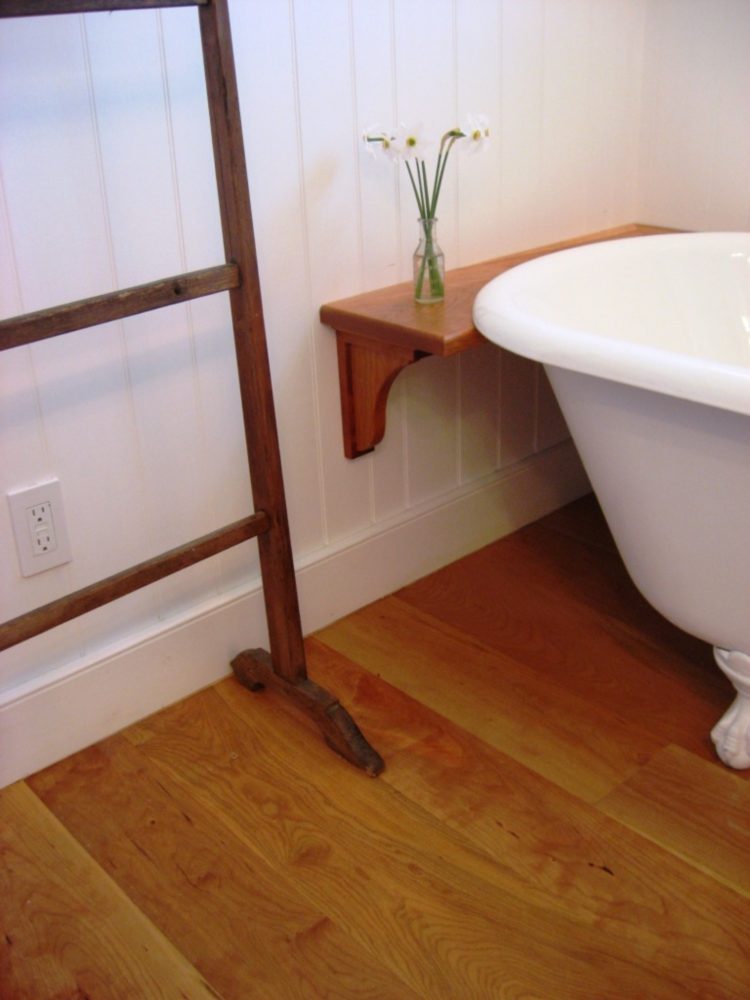
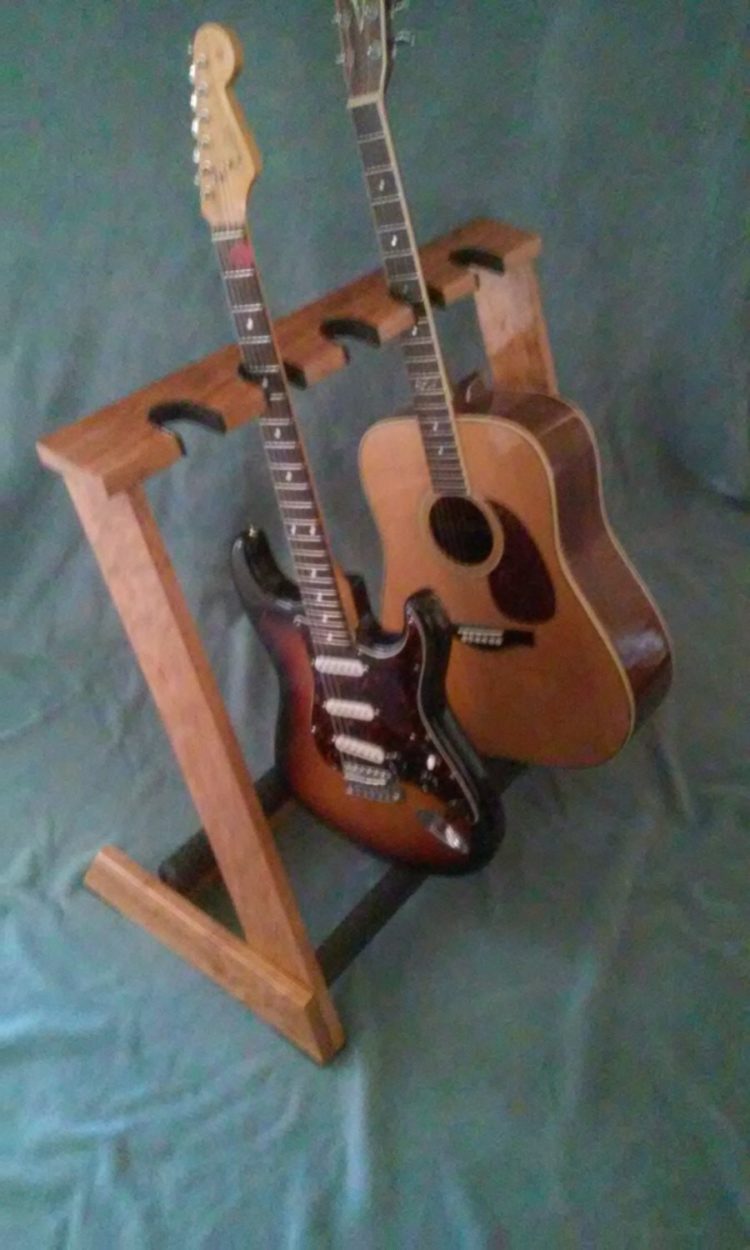
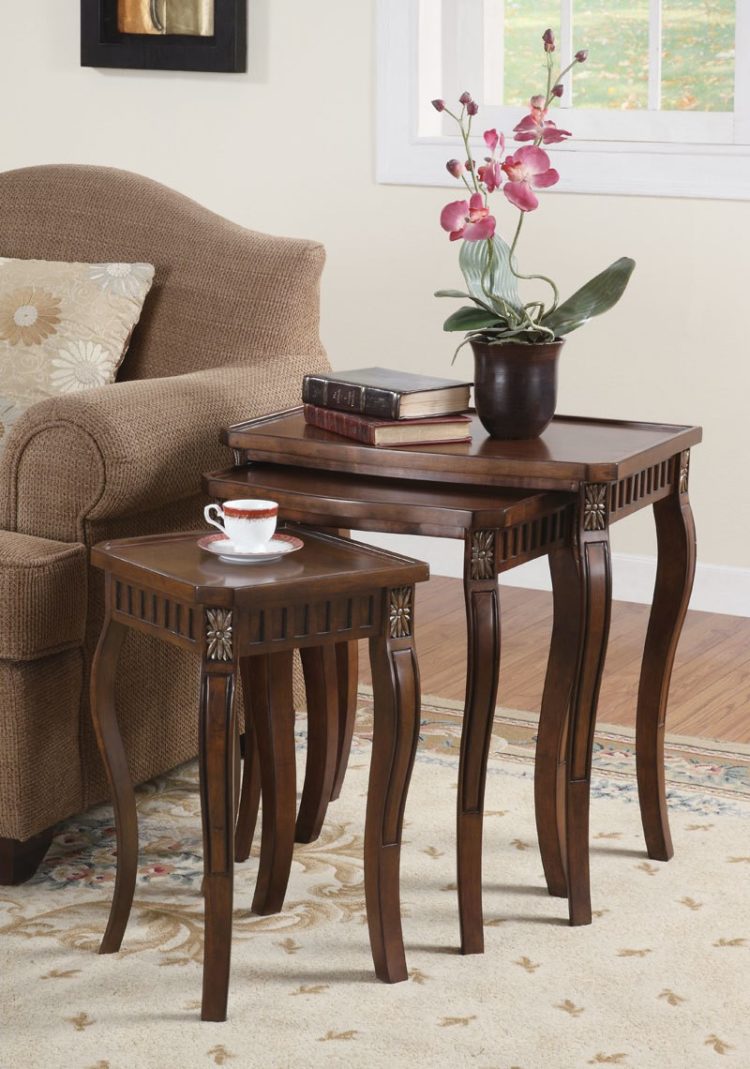
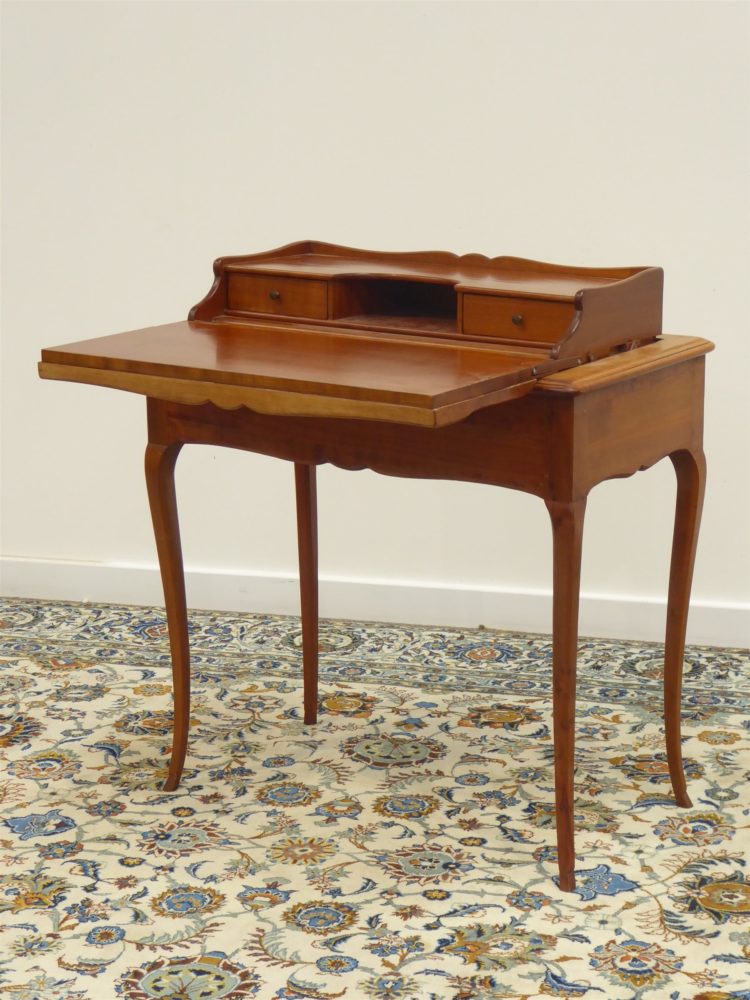
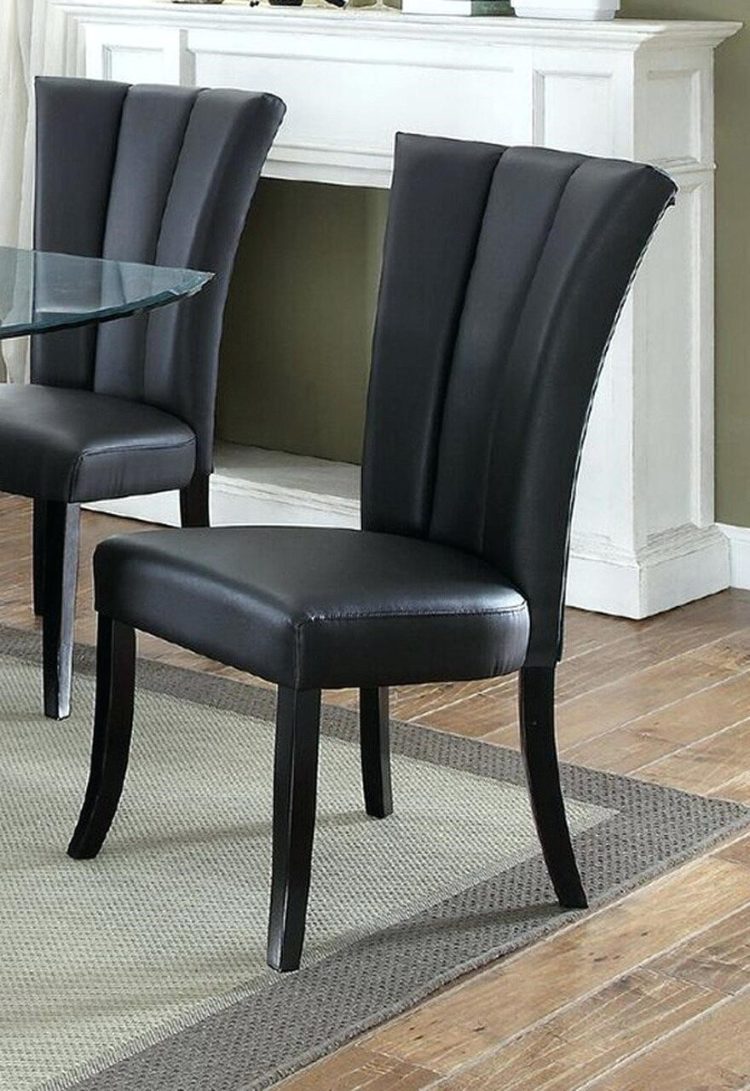
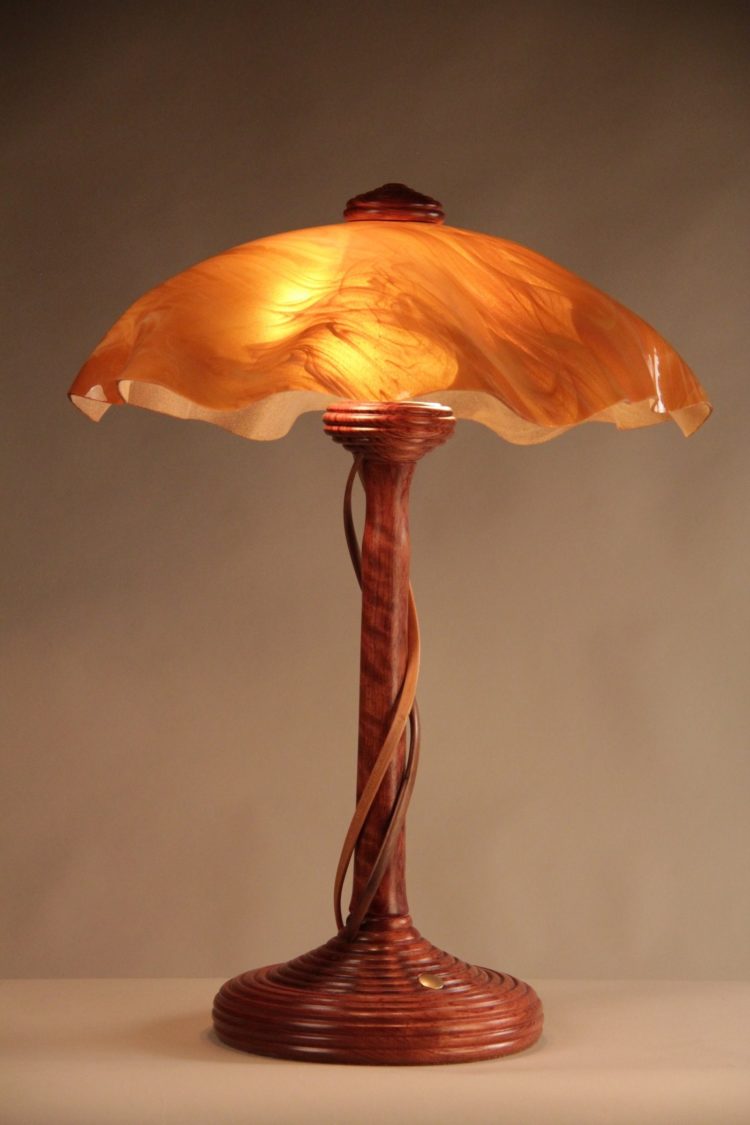
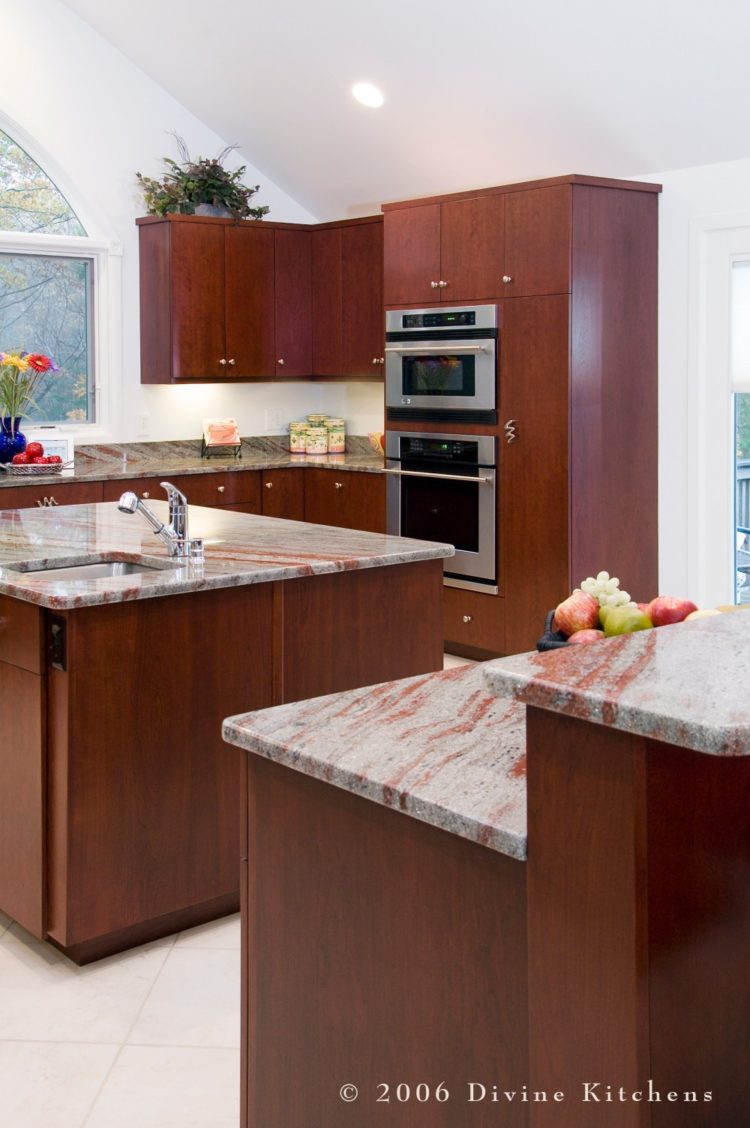

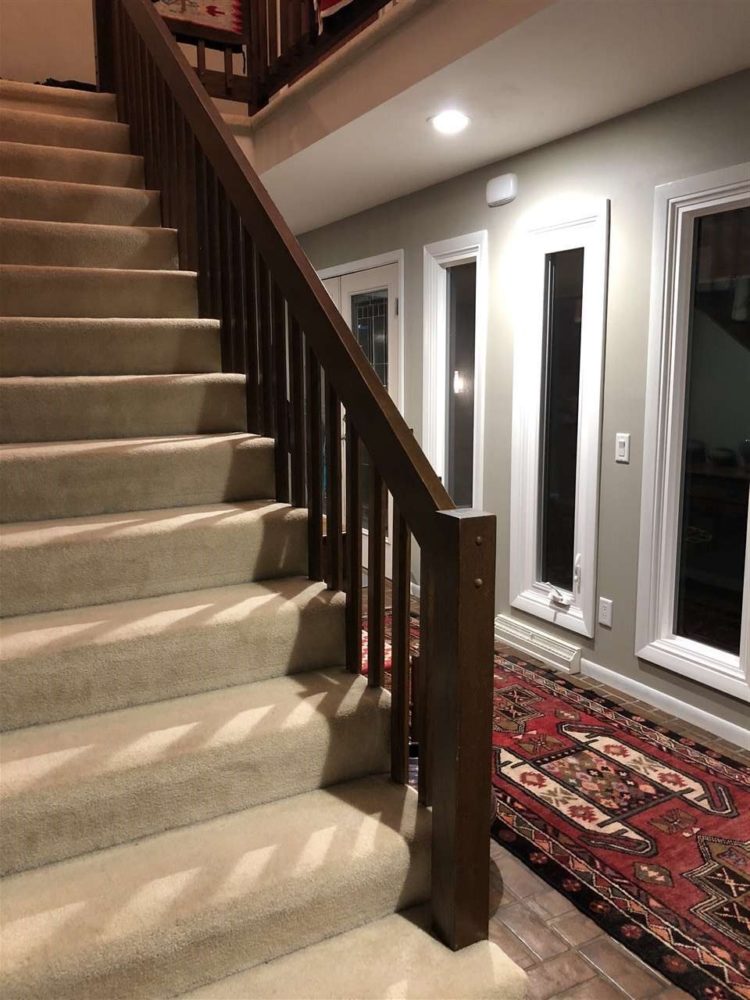
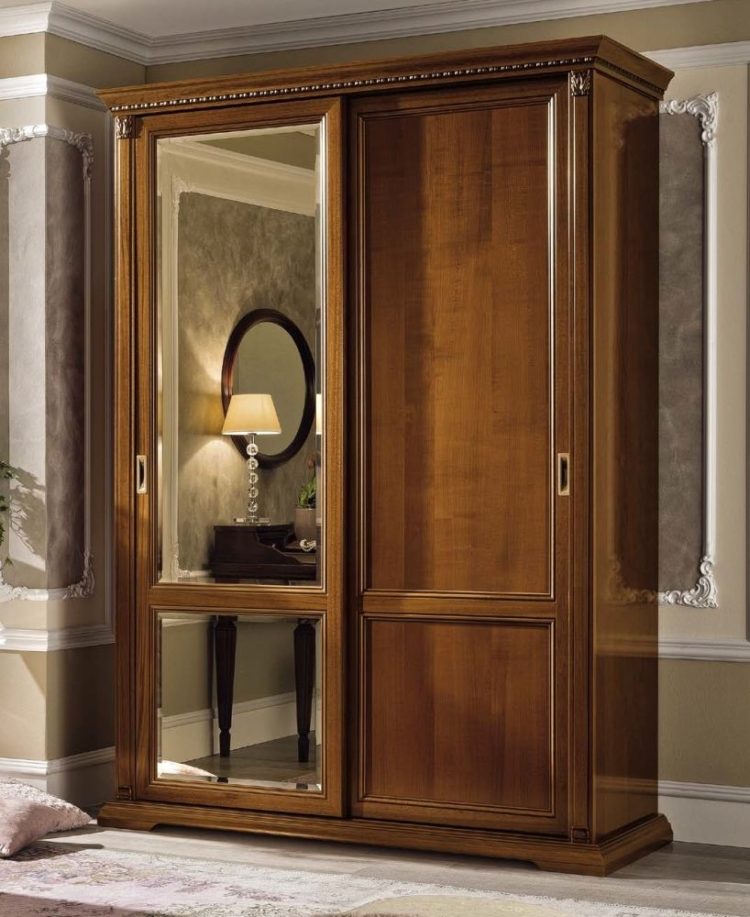

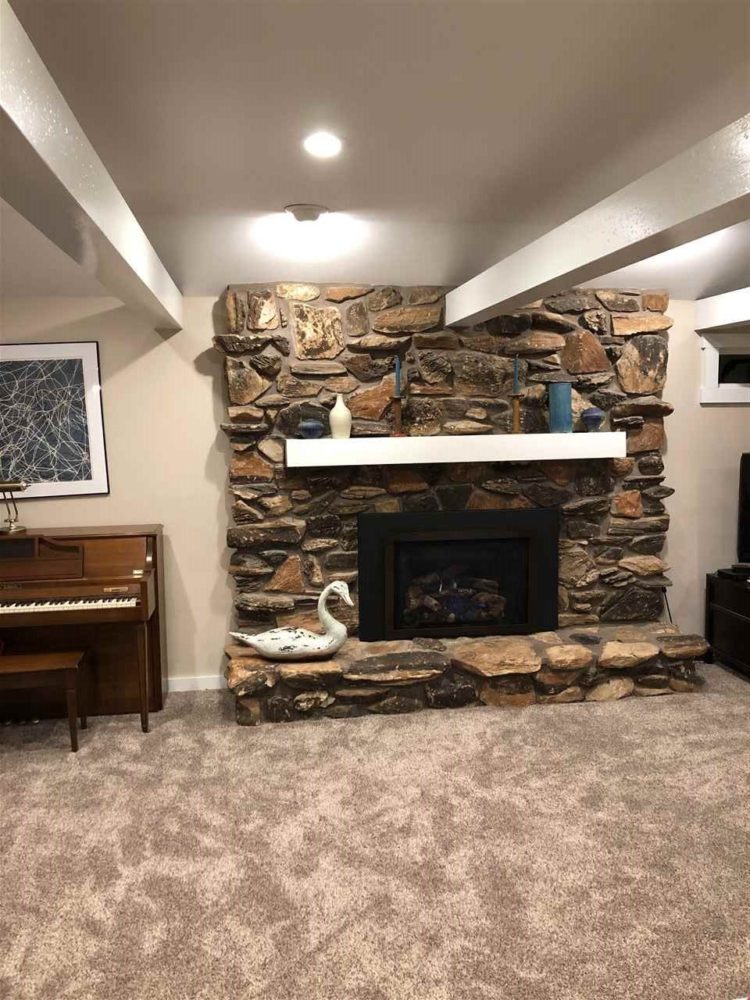

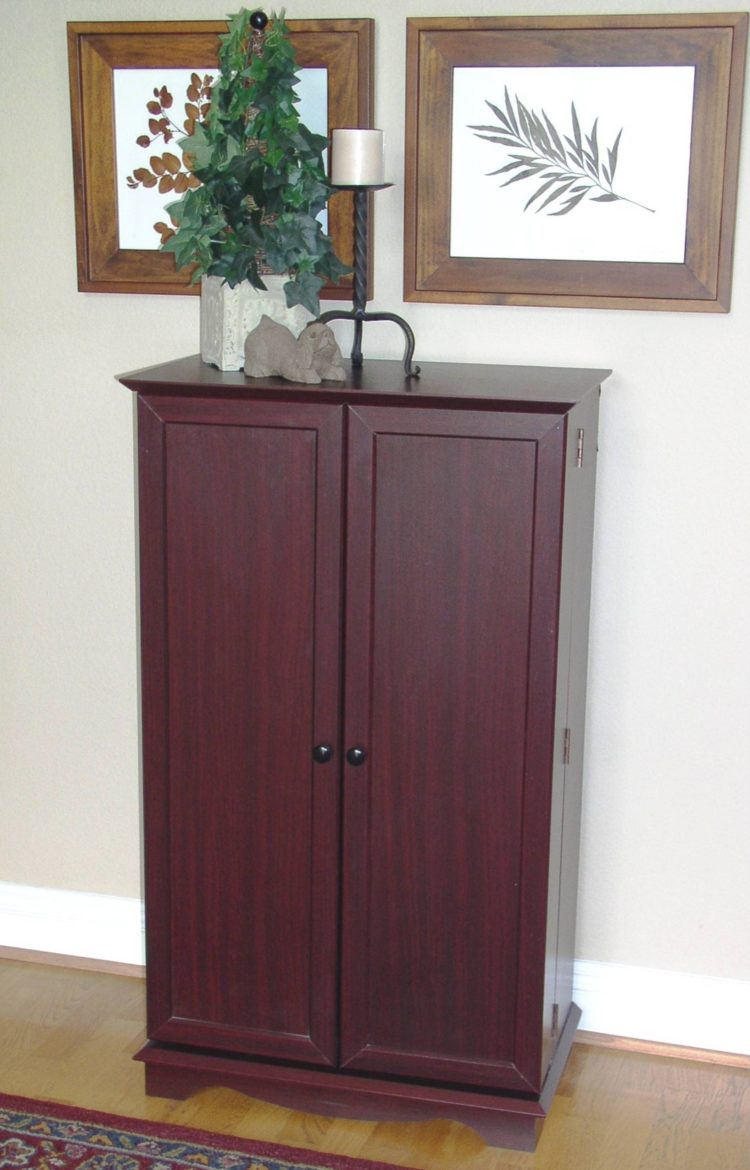
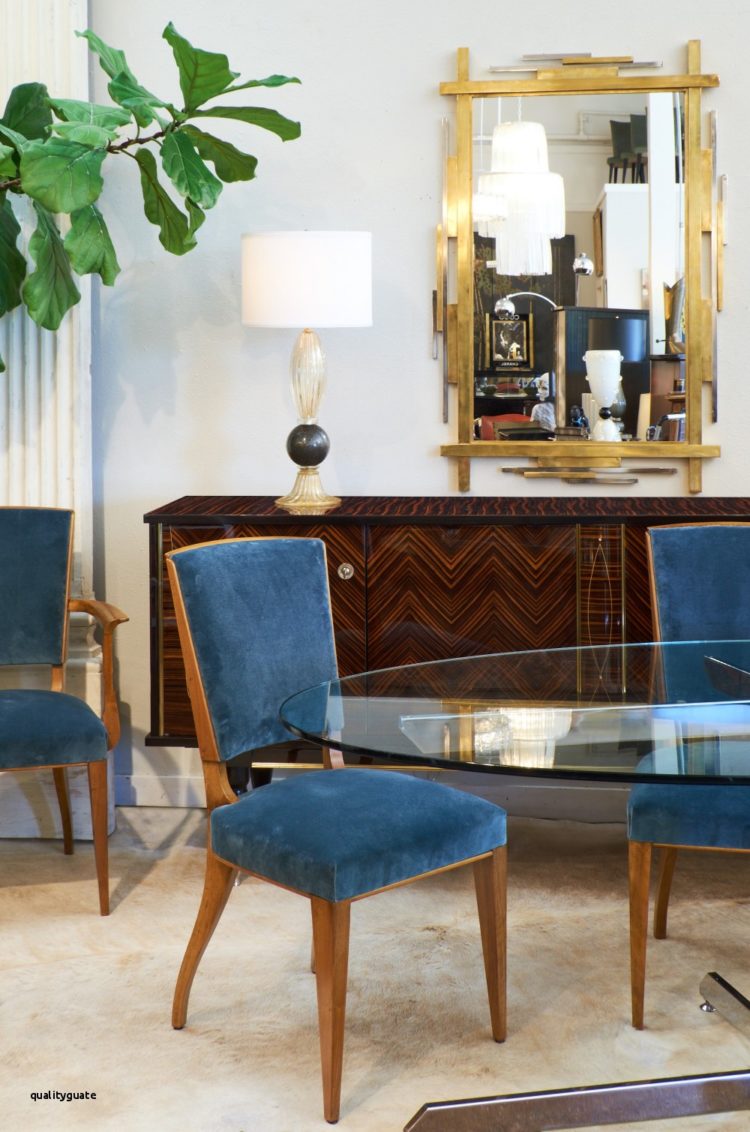
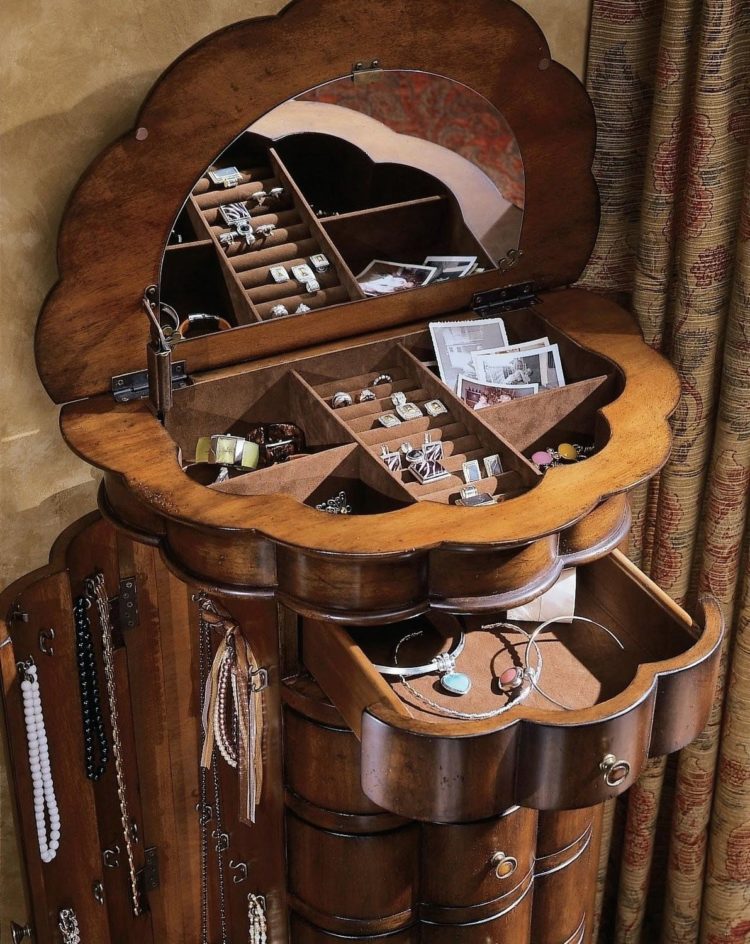
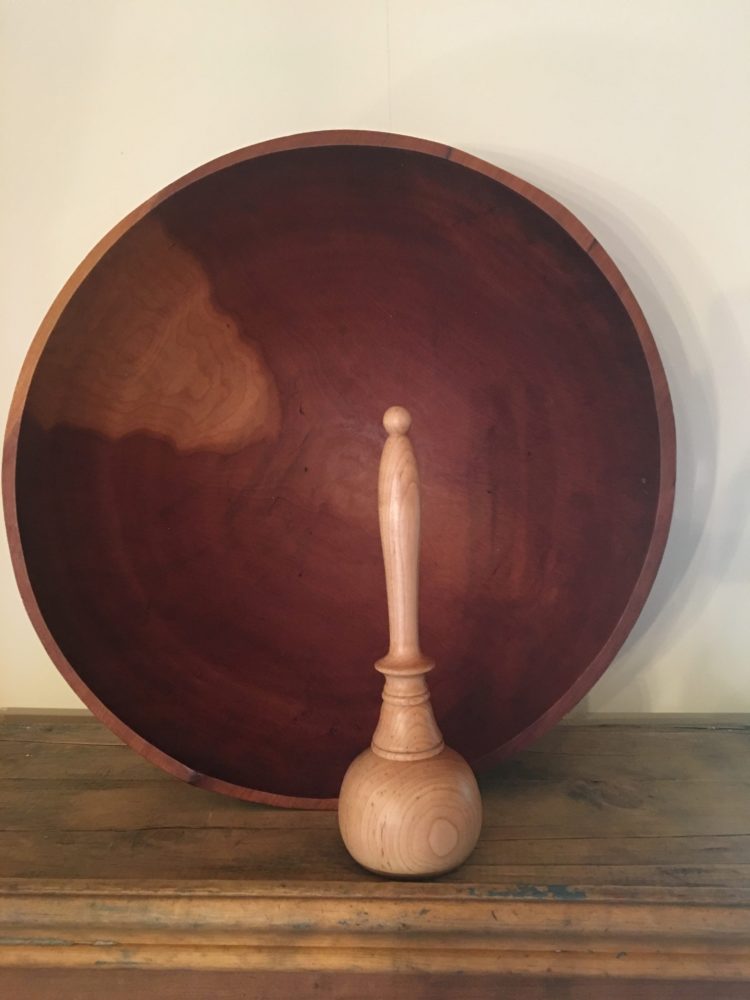
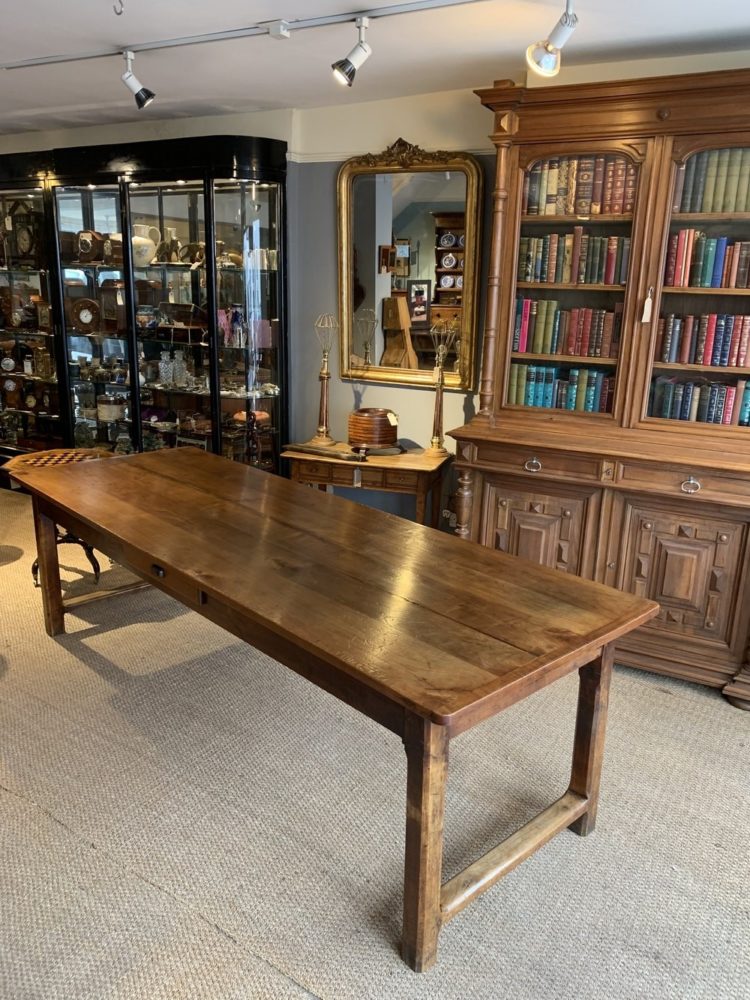

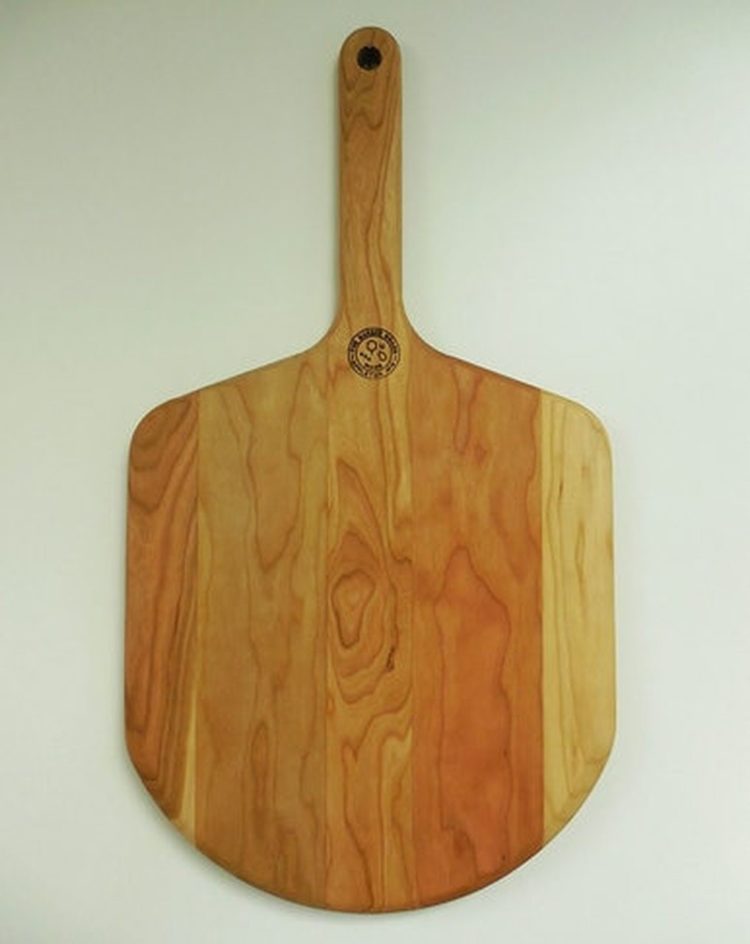
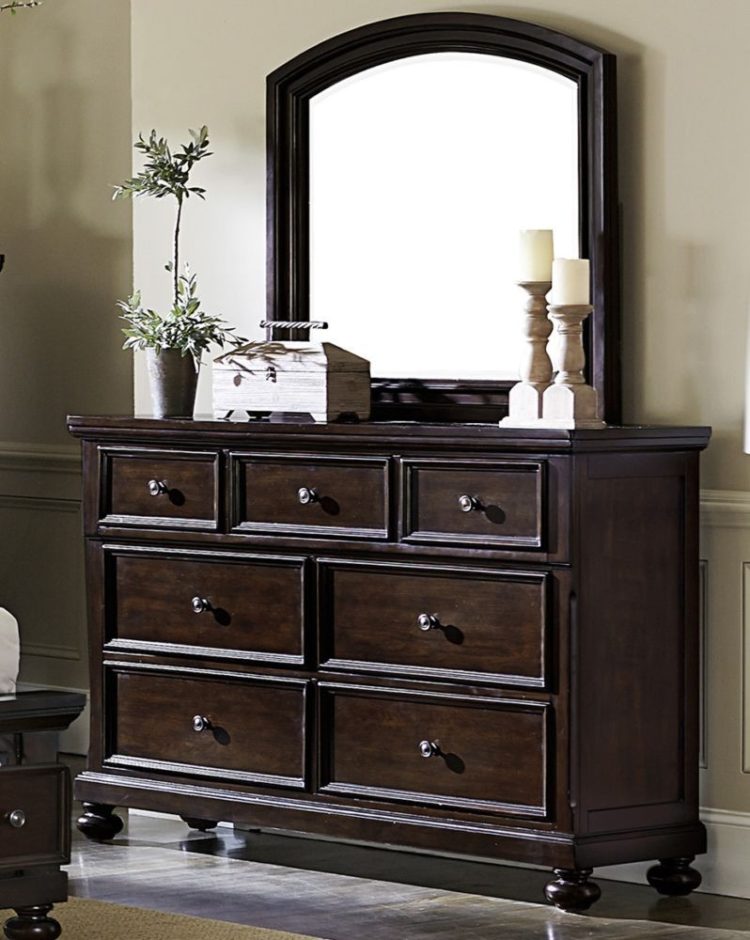
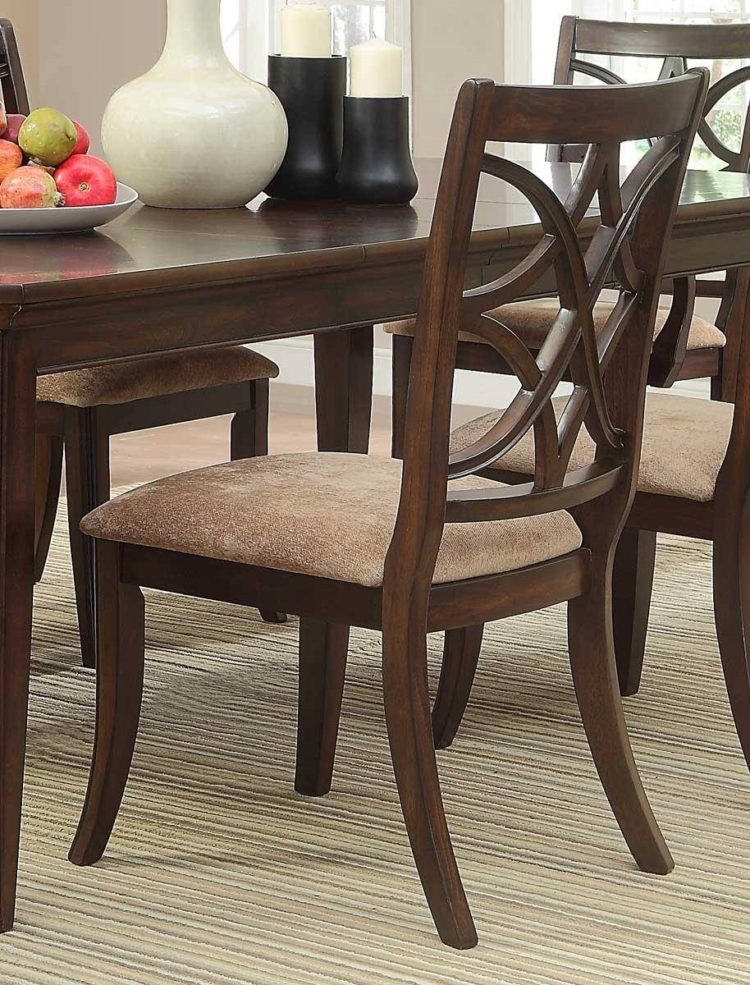
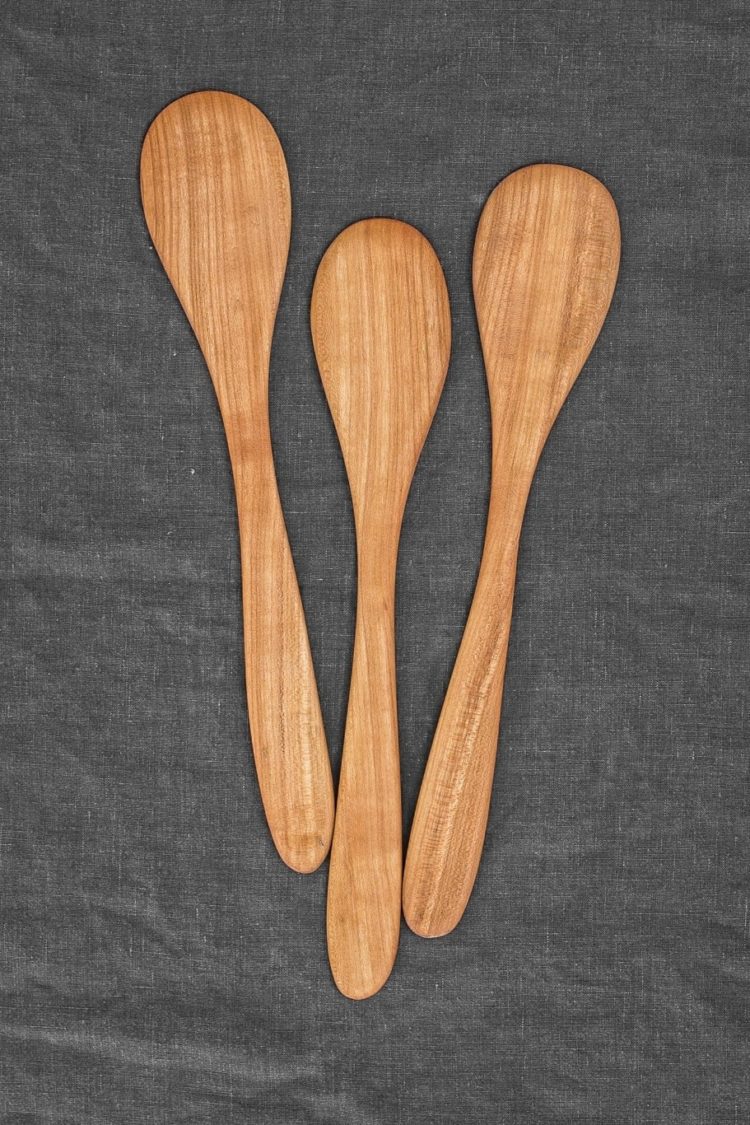
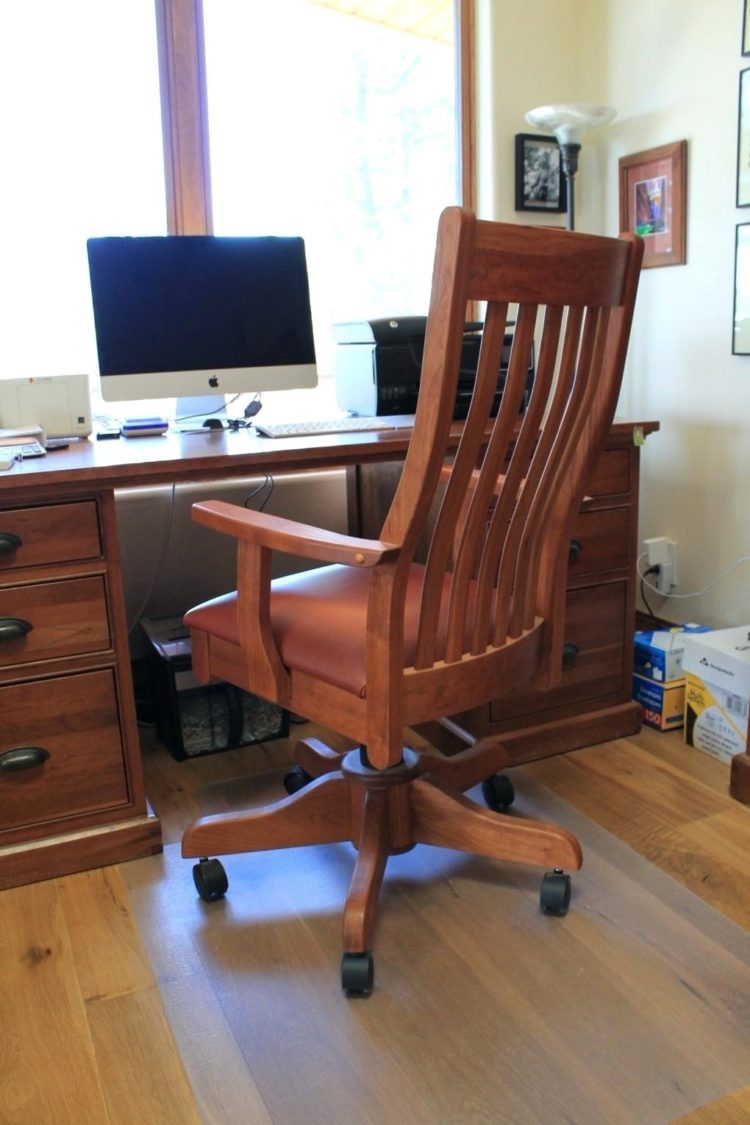
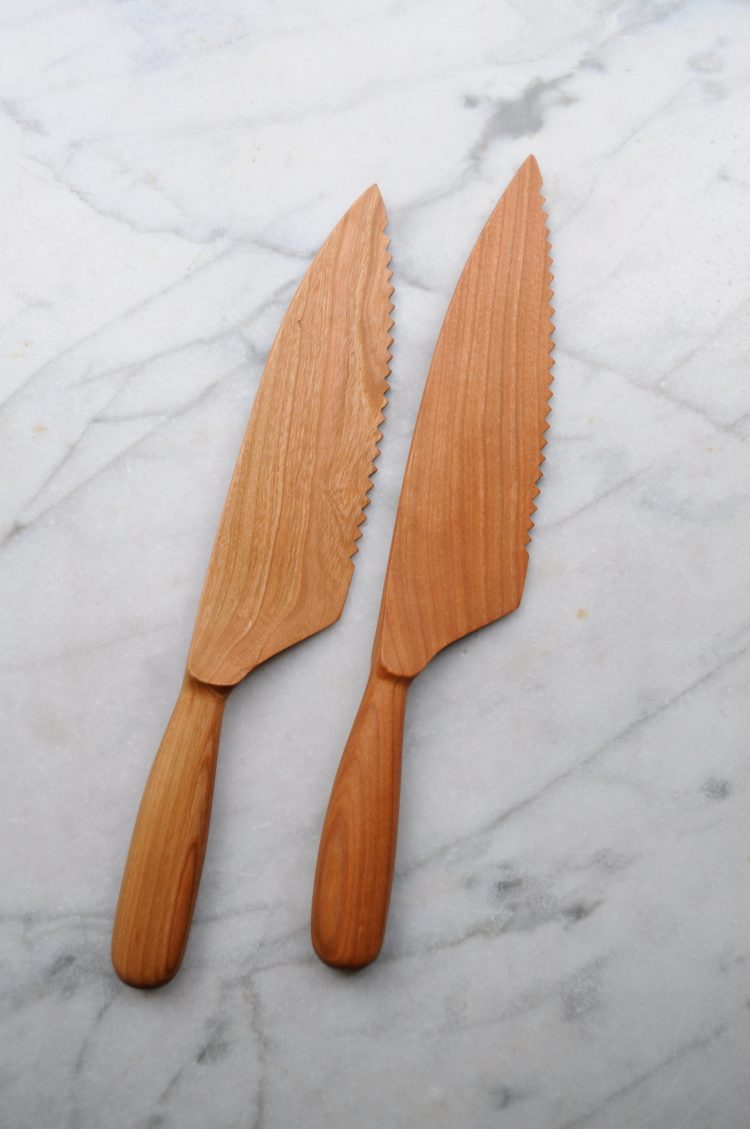
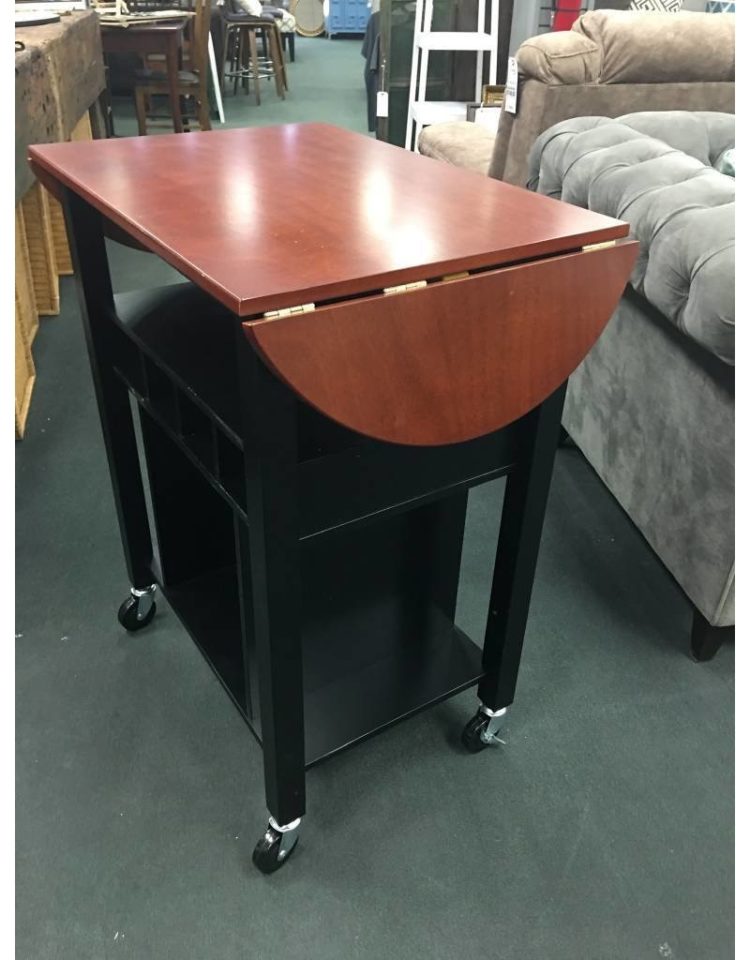
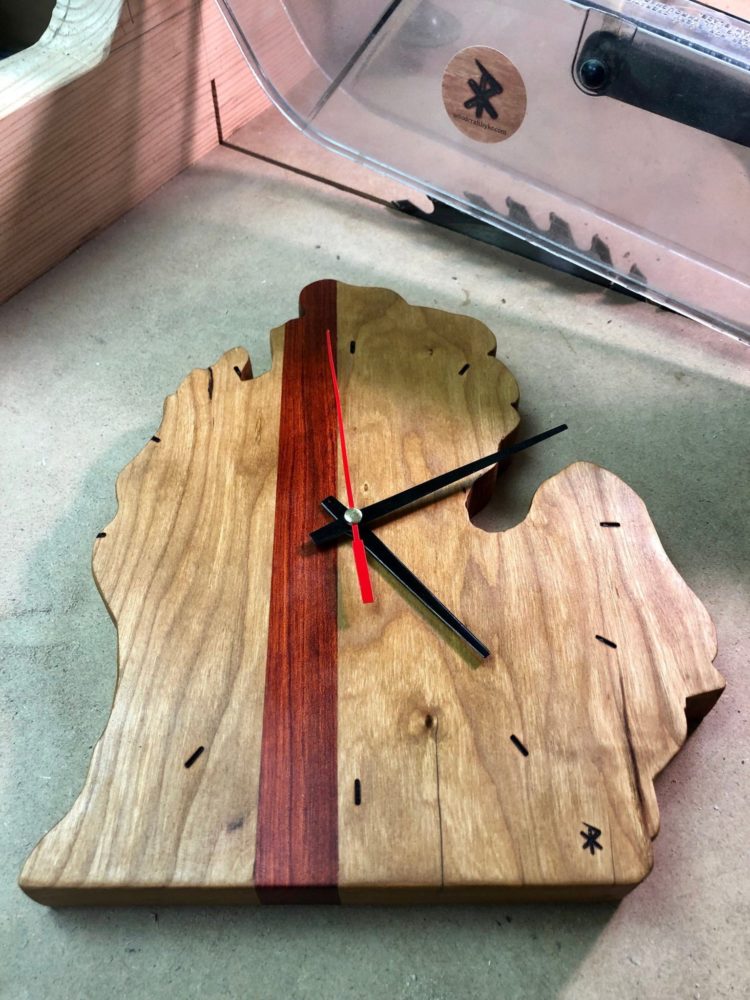
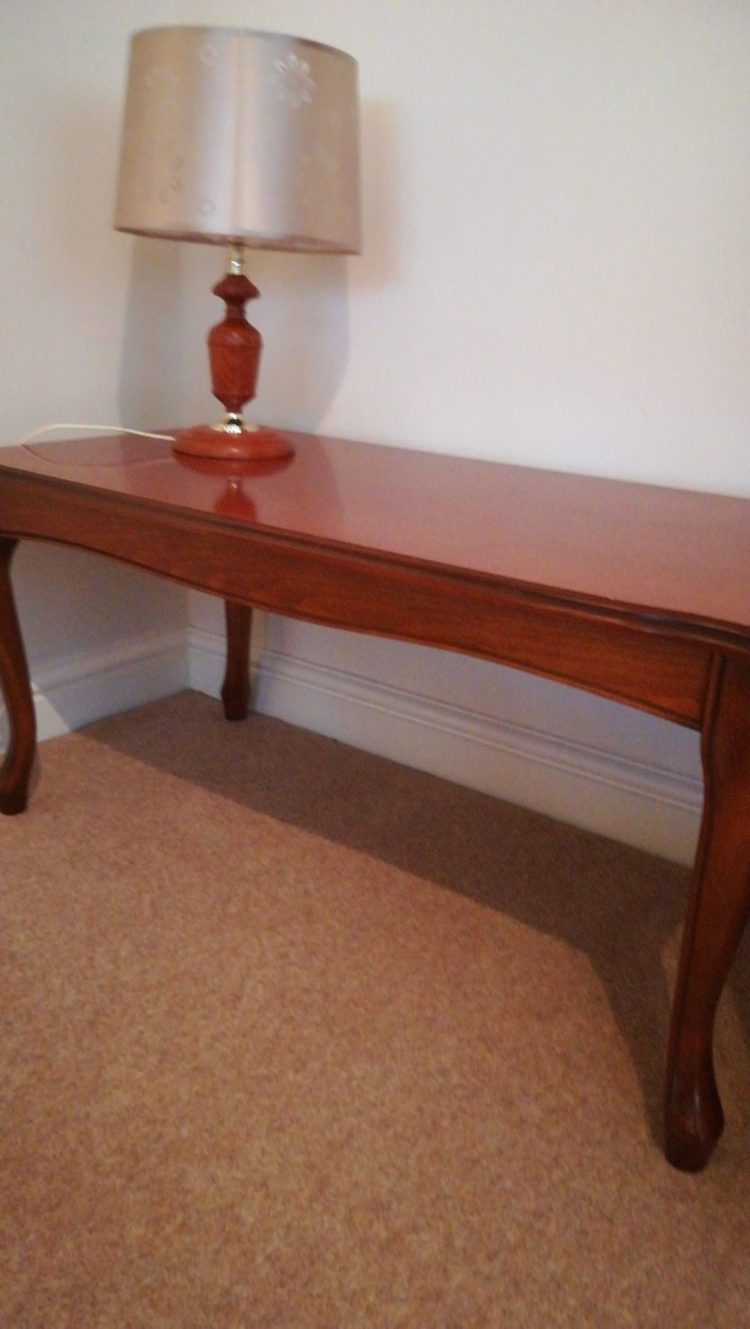
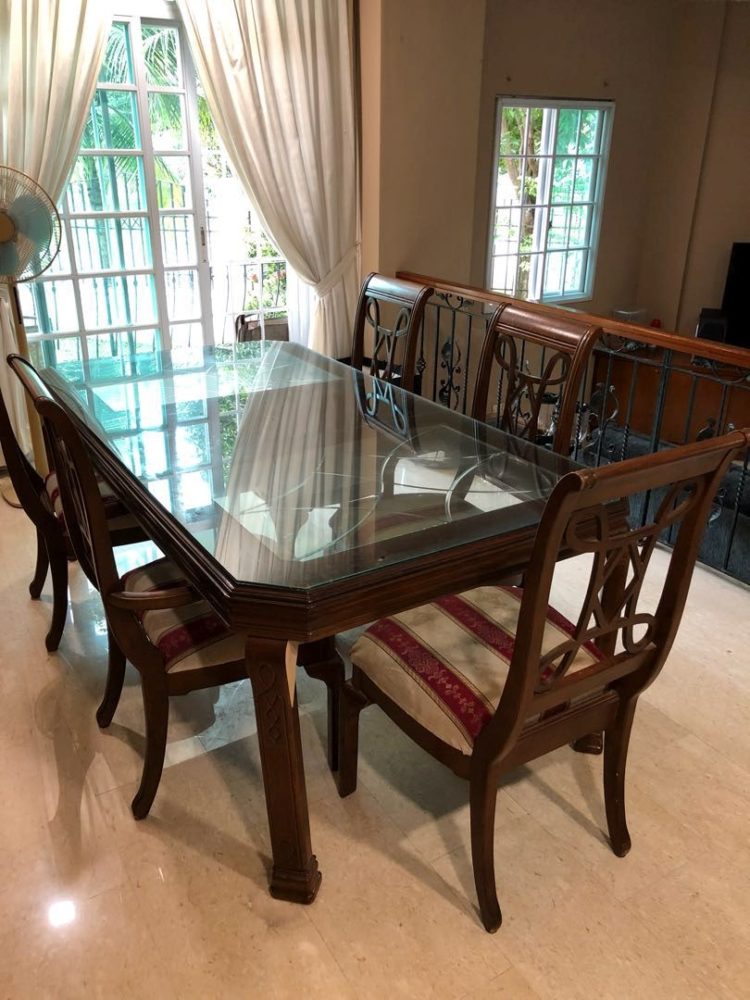
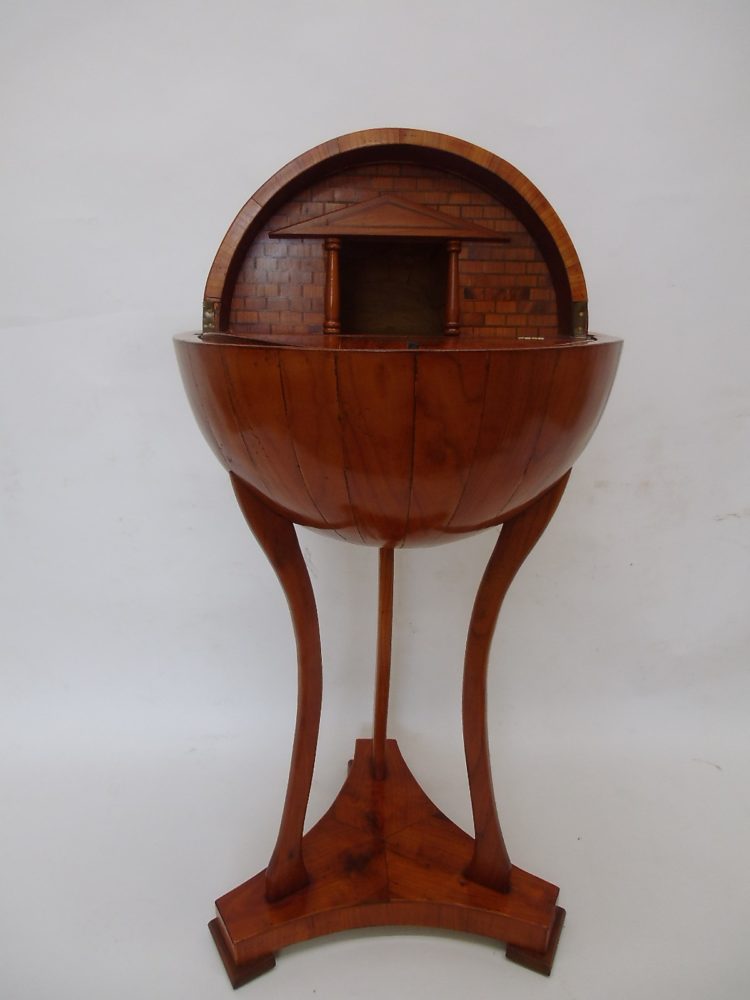
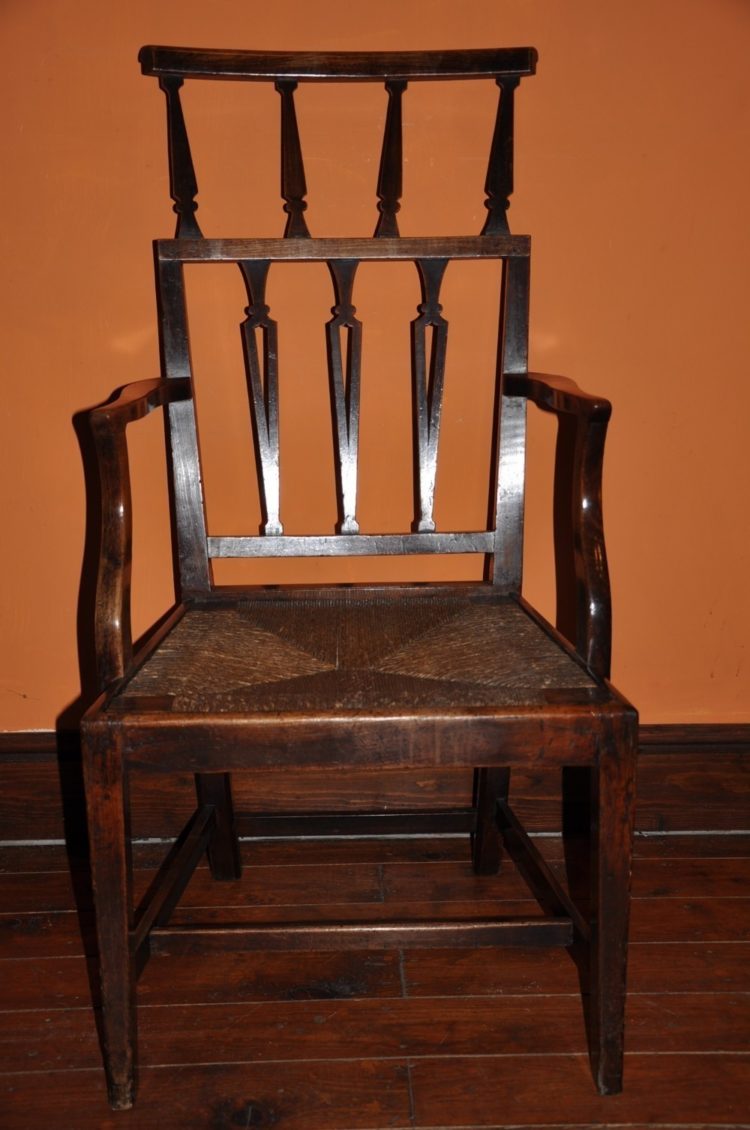
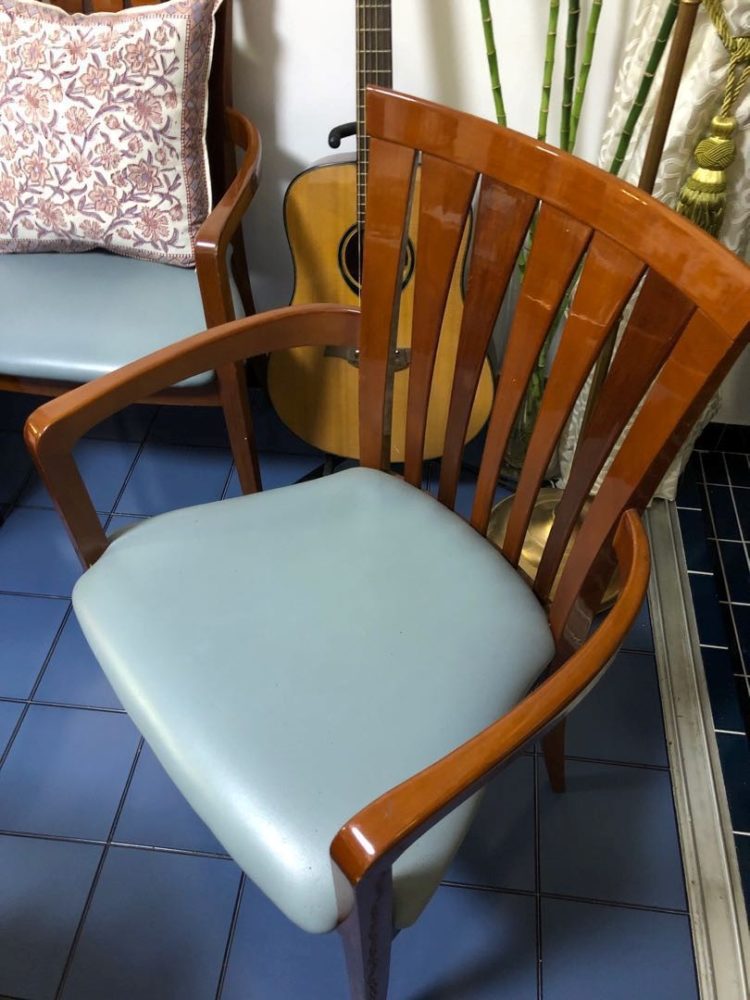

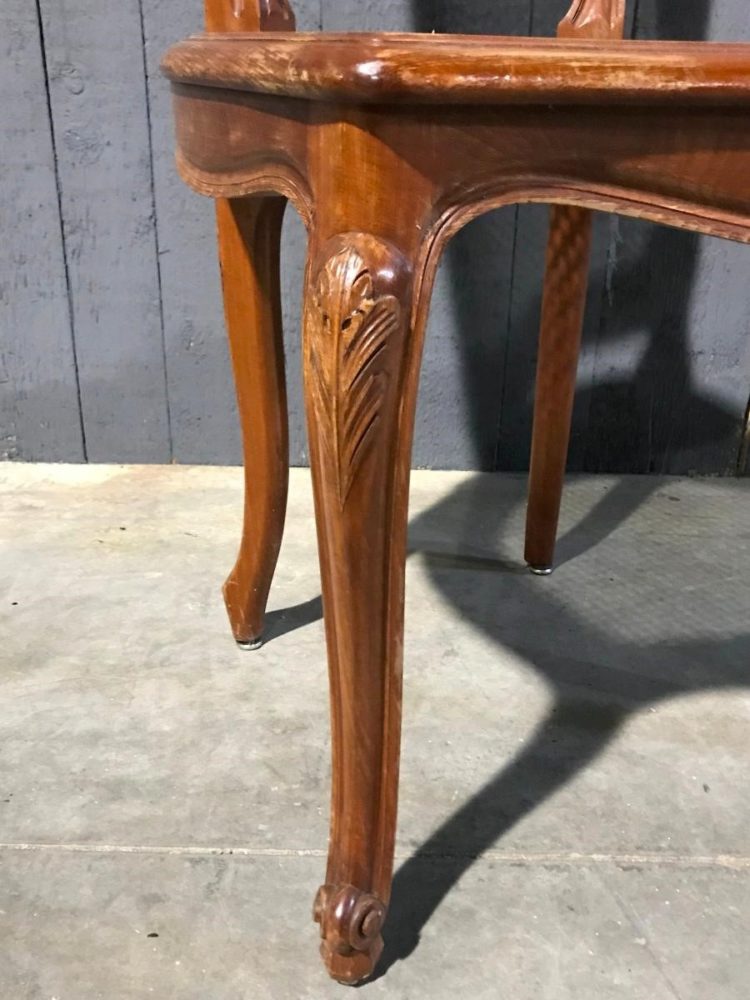
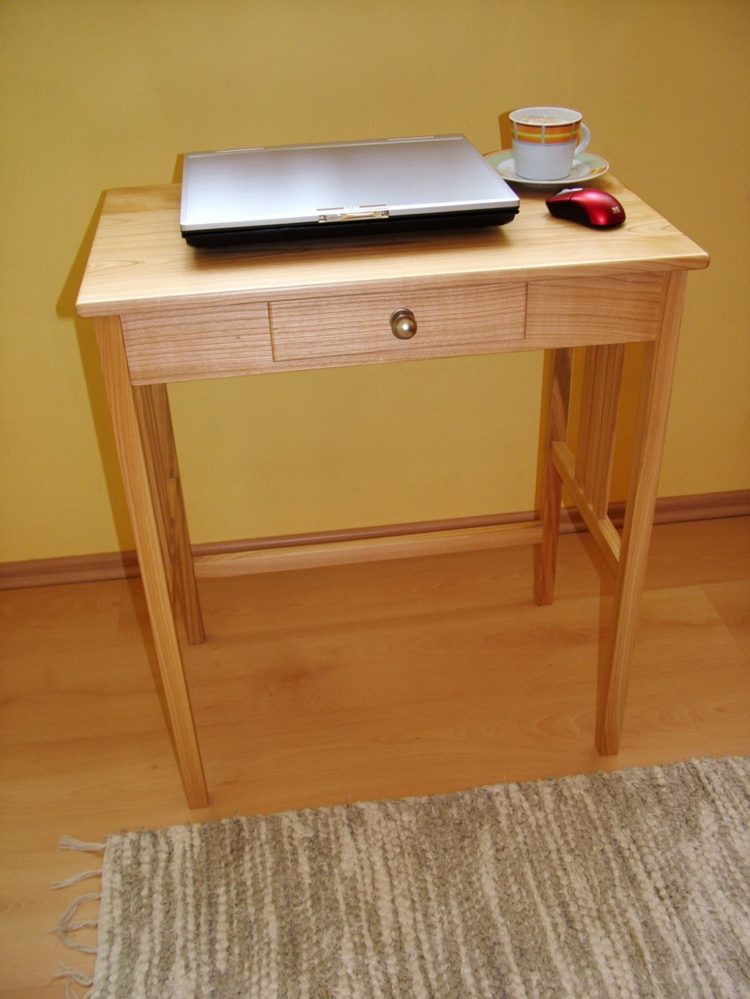
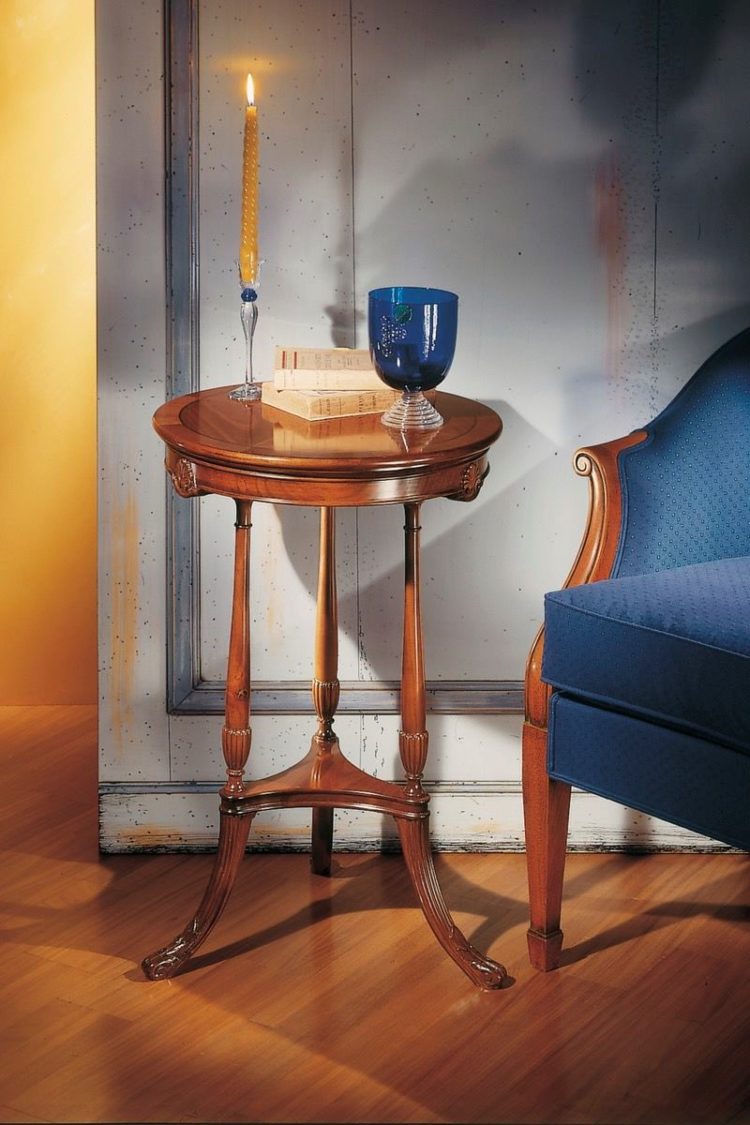
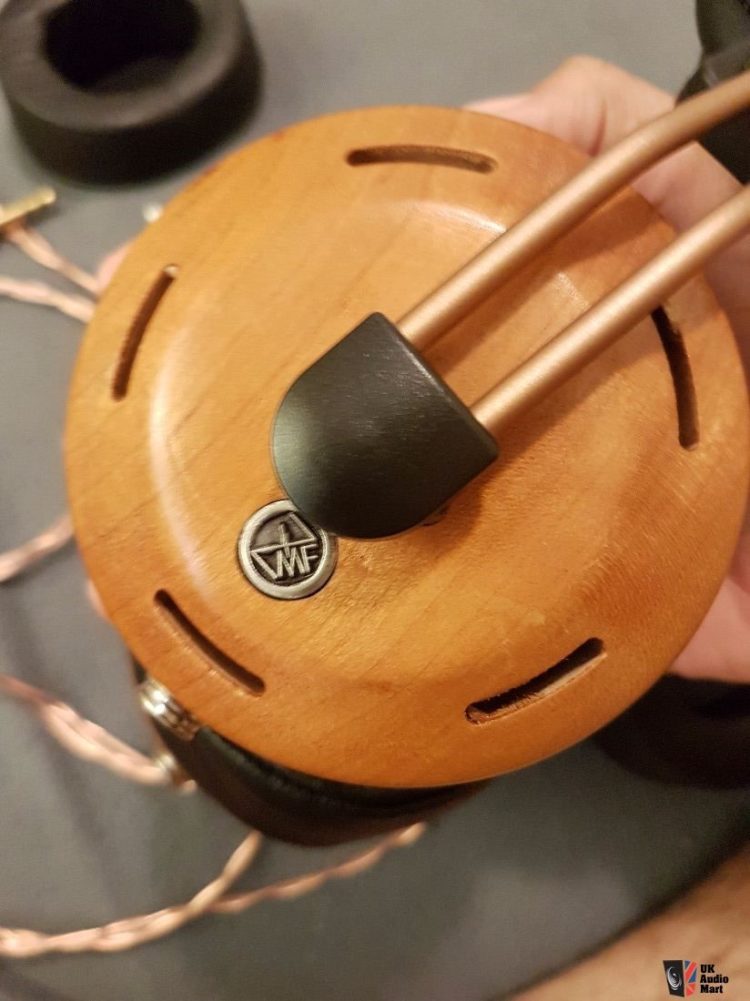
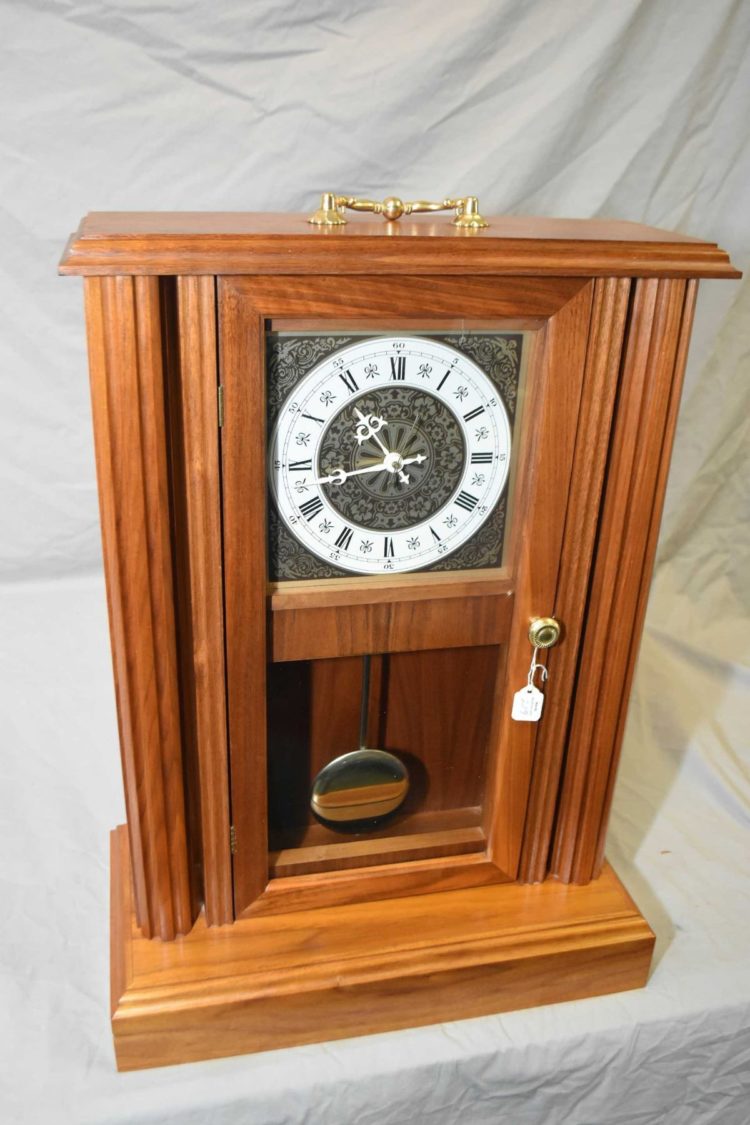
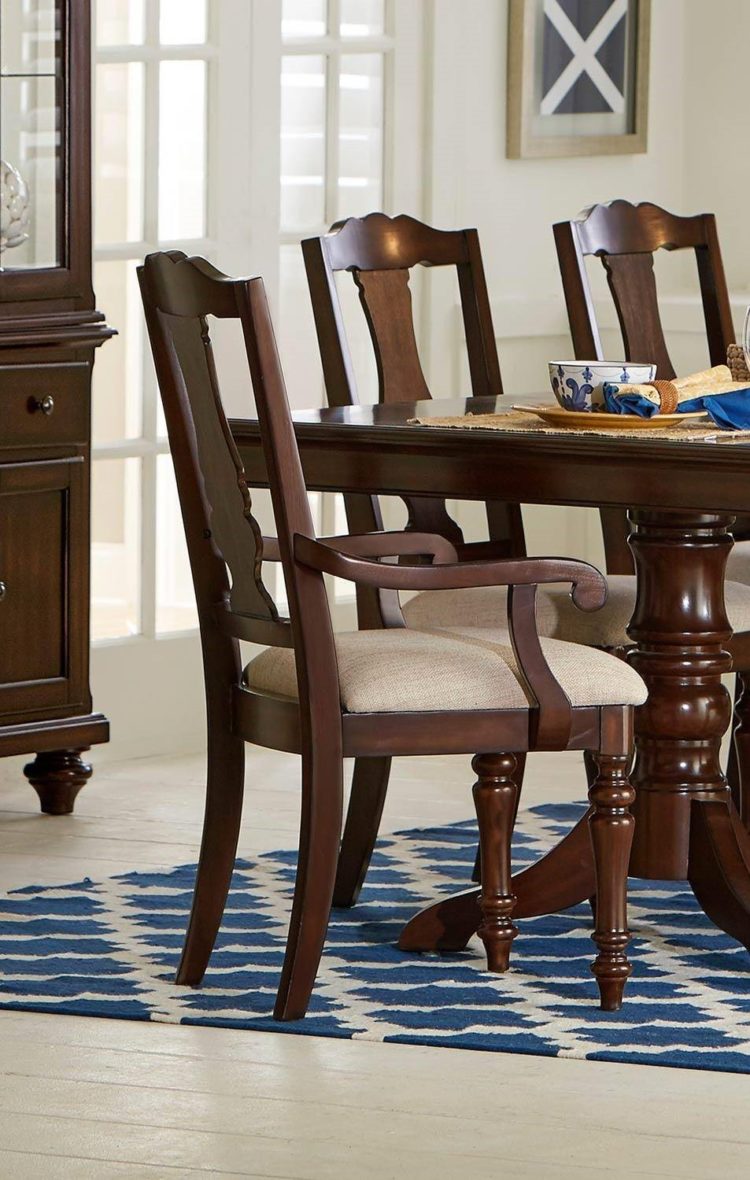
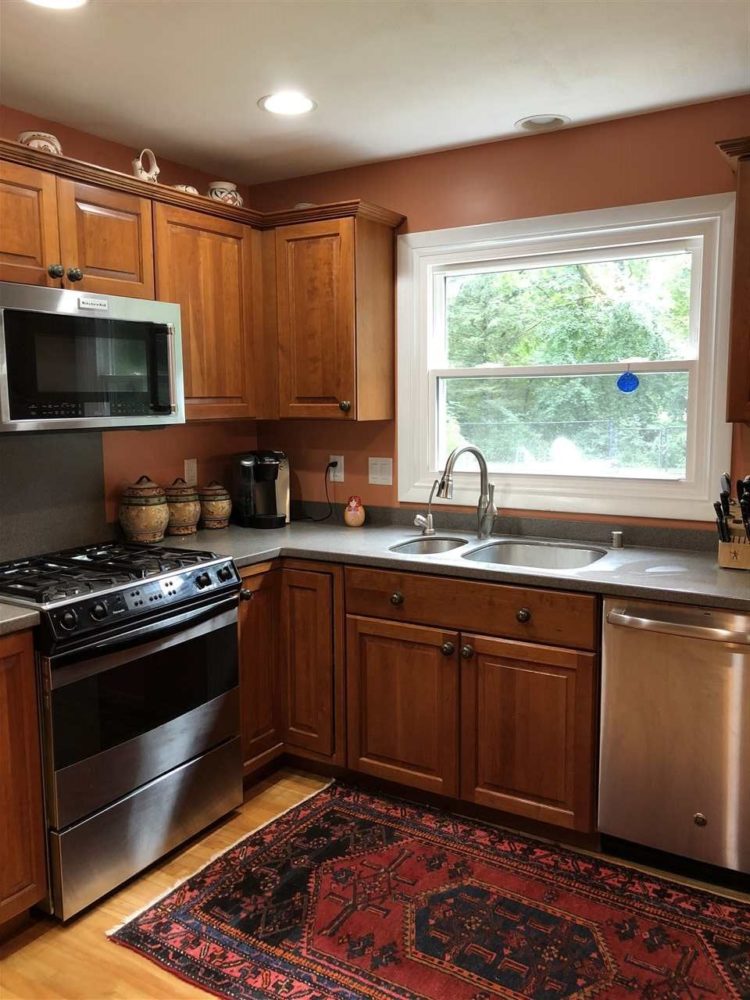
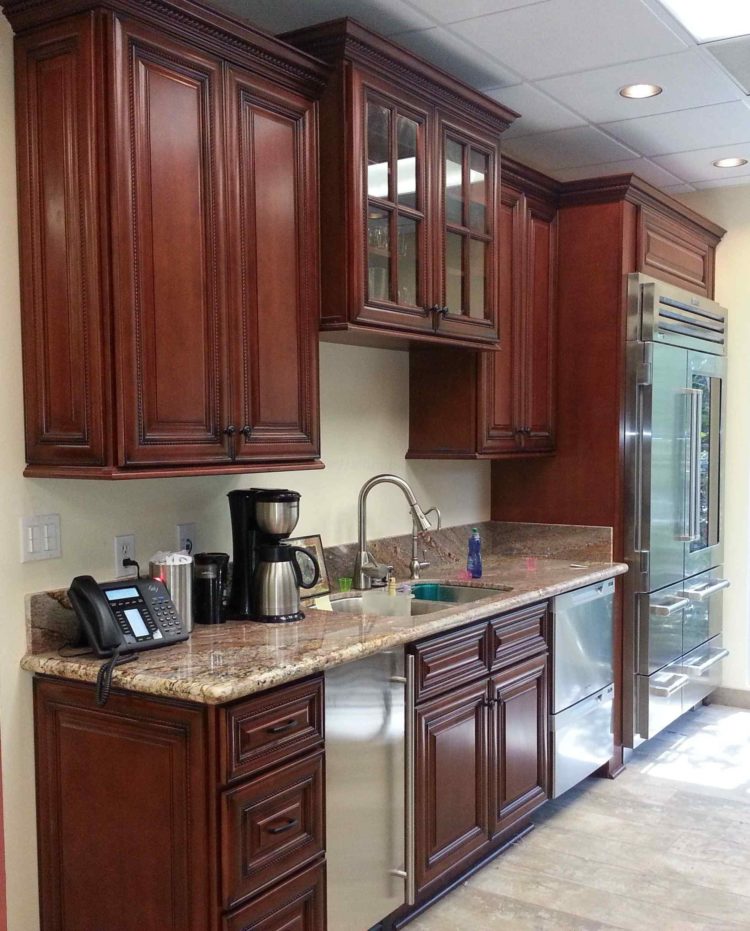
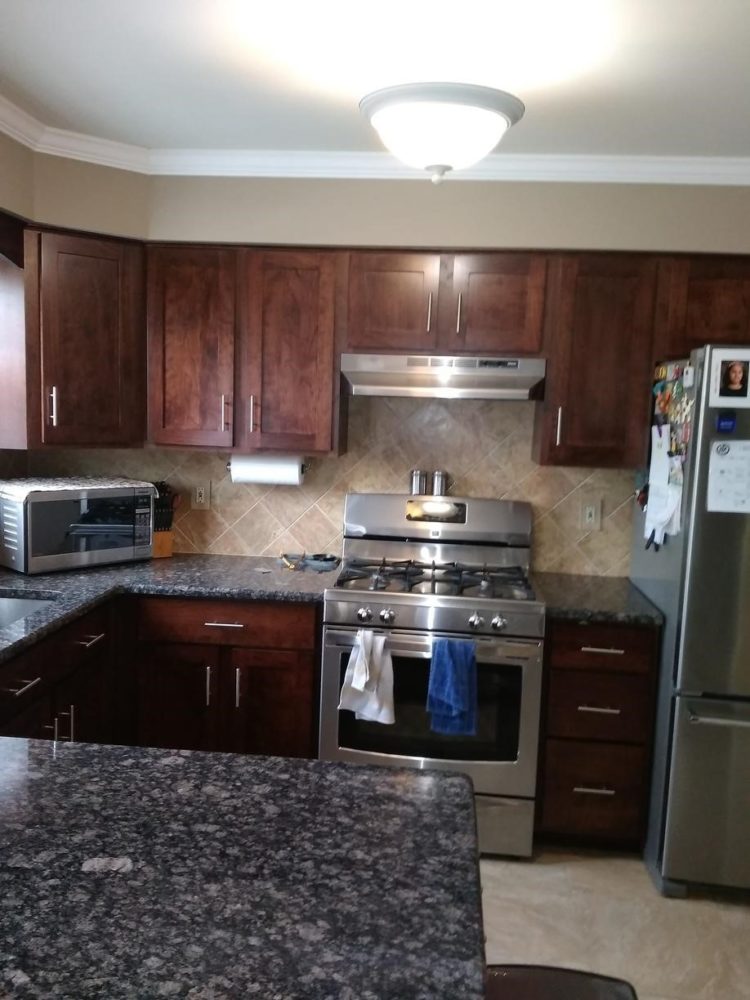

Let’s begin at the bench where cherry is an all-star timber– it functions remarkably well with hand devices. Its fine, diffuse porous texture and also basic absence of interlocked grain makes it a joy to hand aircraft. A sharp blade in a well-tuned smoothing aircraft will certainly leave a surface that needs no further job and is unequaled by even the finest sanding. Sawing, sculpting and also gluing also work out.
The only problem likely to be come across in smooth planing cherry is really superficial tearout with curly figure as well as on some quartered surface areas with great ray streak. A high assault angle and also skewing will aid, as well as scraping is an alternative.
Machining is not a problem on the jointer, planer and bandsaw. Cherry is well-known, however, for generating shed marks when ripping on the table saw. Practical are a sharp blade that is without pitch as well as adequate power in the saw to enable an excellent consistent feed price.
The density as well as solidity of cherry, a little less than black walnut, are Goldilocks right for enjoyable woodworking and also resilience of the ended up item. Cherry’s track record for security after drying is represented by moderate contraction values of 3.7% radial, 7.1% tangential as well as 11.5% volumetric, yet keep in mind that the T/R is 1.9, so newly dimensioned flatsawn cherry will have a tendency to cup with moisture changes greater than walnut, which has a T/R of 1.4.
American black cherry, Prunus serotina, grows in the eastern fifty percent of the U.S., especially Pennsylvania and also bordering areas. Trees in the wild, not from orchards, generate plenty of widely available lumber in large, mainly clear boards.
BEAUTY As Well As CHANGE
The picture at the top of this blog post depicts, to me, essential fresh planed cherry wood: flatsawn, which is cherry at its best, with discreetly curly yearly ring figure that is distinct but not subduing, a few areas and flecks (which I will discuss later), and a virtually indefinable delightful red color. Yet wait, there’s even more.
It’s mosting likely to transform. The extractives (pigment compounds) in cherry heartwood react to light and also direct exposure, which makes the timber dim considerably. This begins swiftly, quickly obvious within days, but continues slowly for several years. Likewise, the annual ring figure comes to be somewhat less distinctive, practically smoky looking.
Is this a negative point? No! The rich rust red color of aged cherry is beautiful, and also valued by the maker and proprietor of the piece. The woodworker-designer, however, must anticipate the eventual shade of cherry, specifically when combining it with another types. As an example, the preliminary comparison of cherry with maple is fairly moderate yet ultimately will be fairly strong. The image listed below programs a fresh planed tiny piece in front of a partially aged board.
Also, cherry sapwood will certainly never dim nearly enough to match the heartwood. Attempts to stain the sapwood to match the altering heartwood are, in my viewpoint, disadvantageous. It is far better to utilize the sapwood as a layout attribute with its very own value or just not include it in all. The board visualized below (which additionally has curly number) shows the contrast.
VARIETY
Cherry likewise has different attributes that add to its beauty. Dark gum tissue touches, pictured listed below, are normally discovered sparsely however in some boards are very popular. Pin knots, imagined in the next picture listed below, are almost common in cherry, yet unlike large knots in various other varieties, do not, to my eye, detract in all from the timber’s look. Instead, in addition to gum touches, they add to its character.
